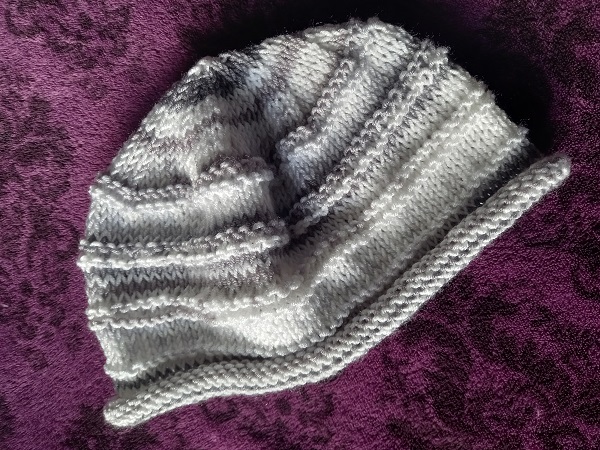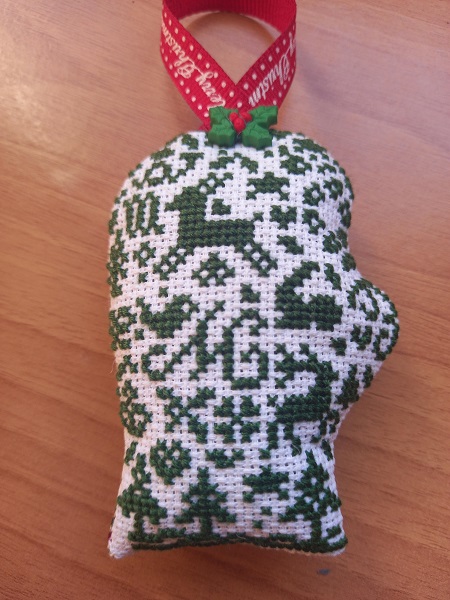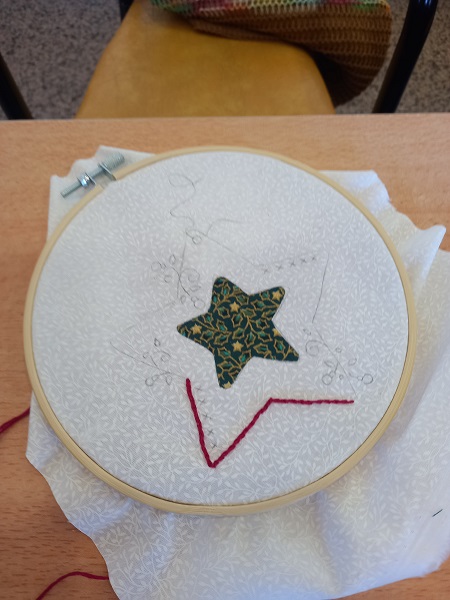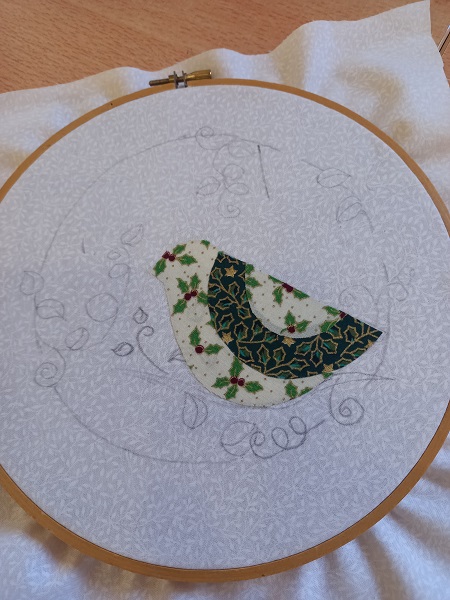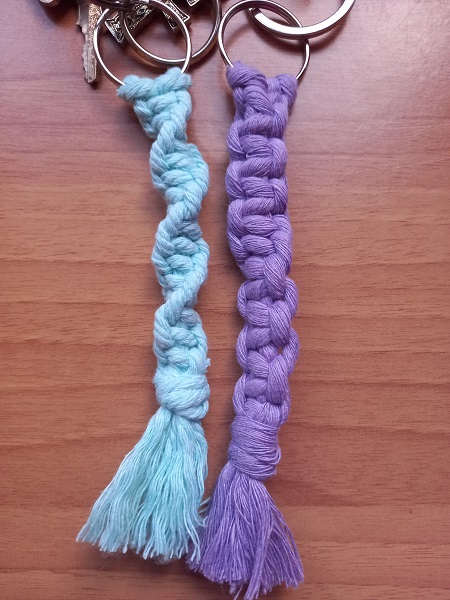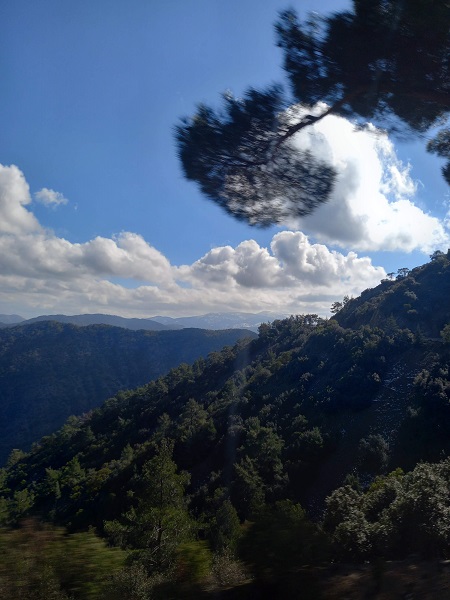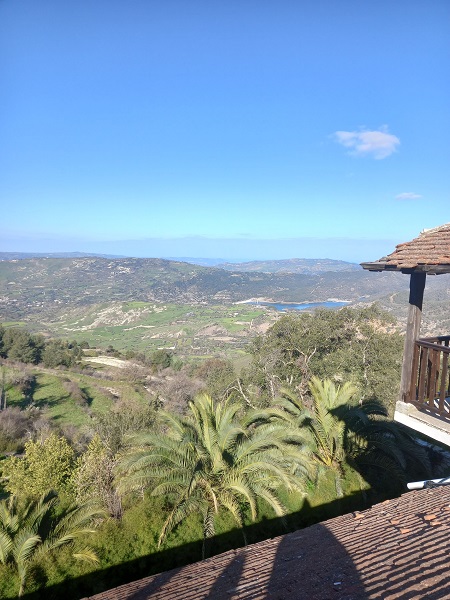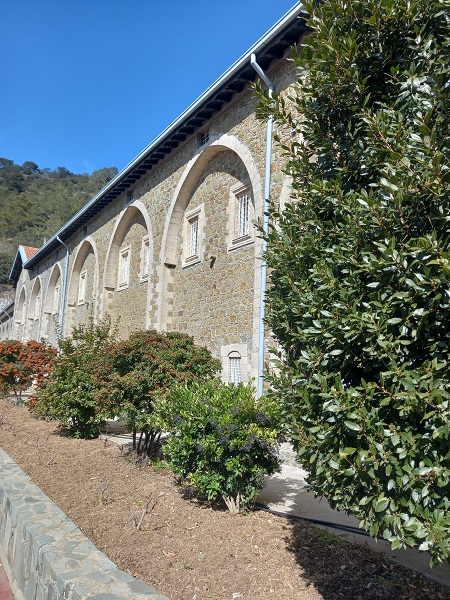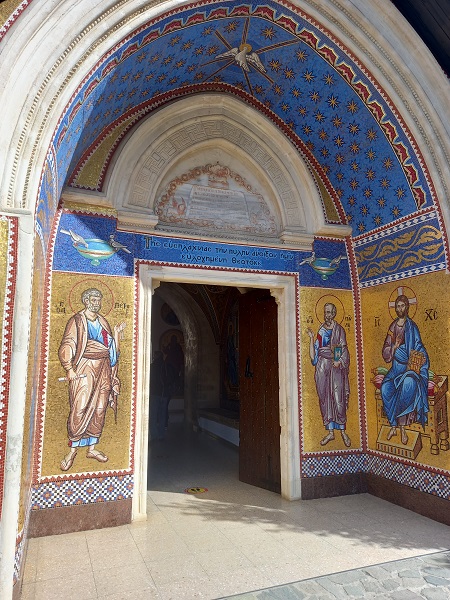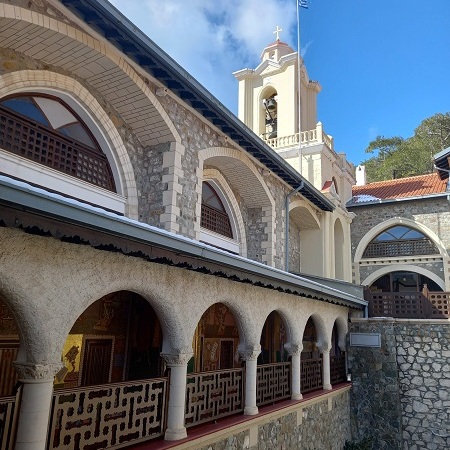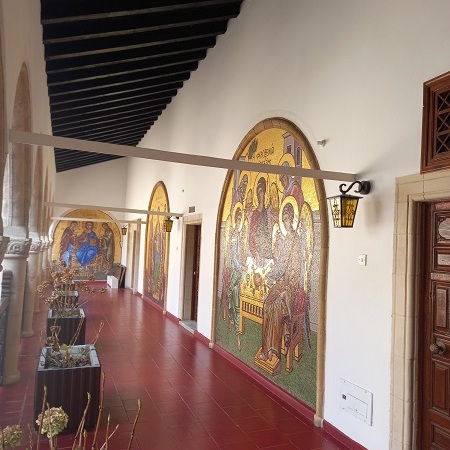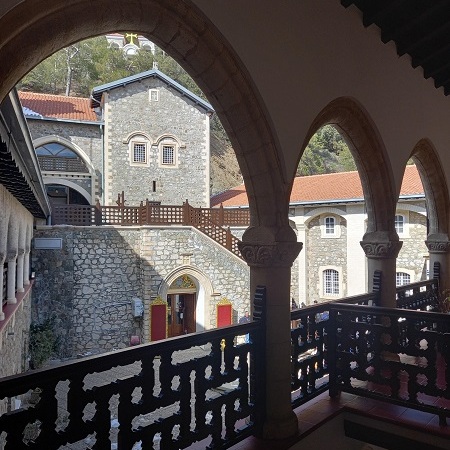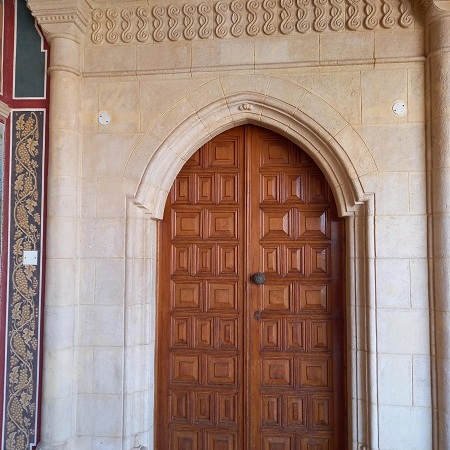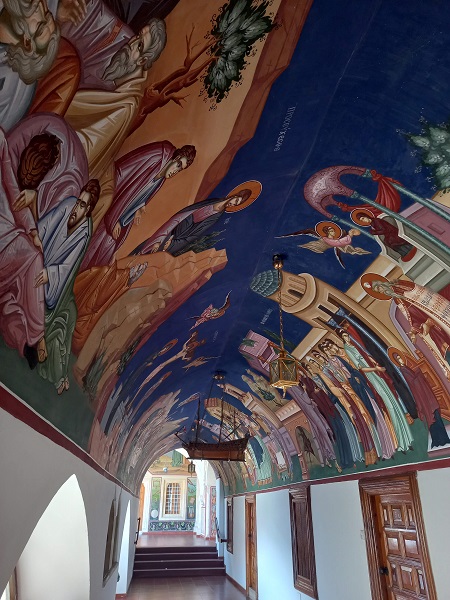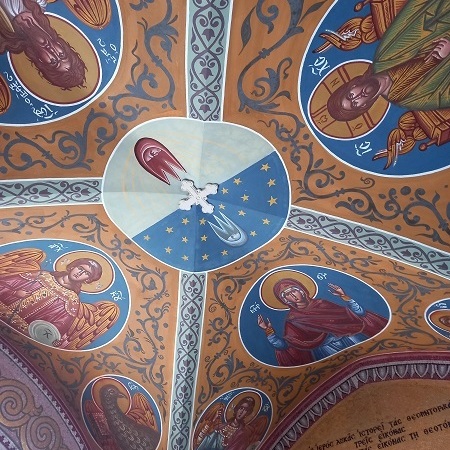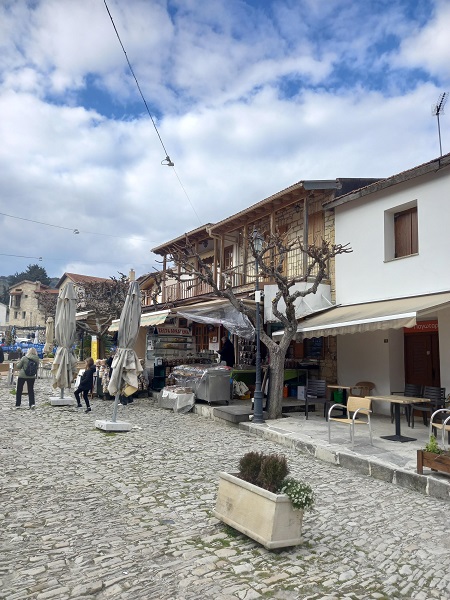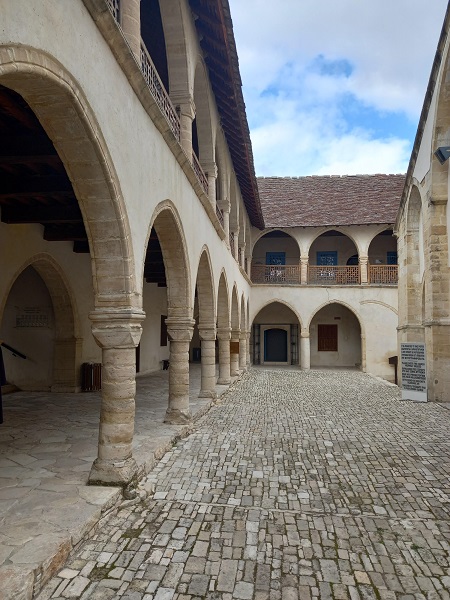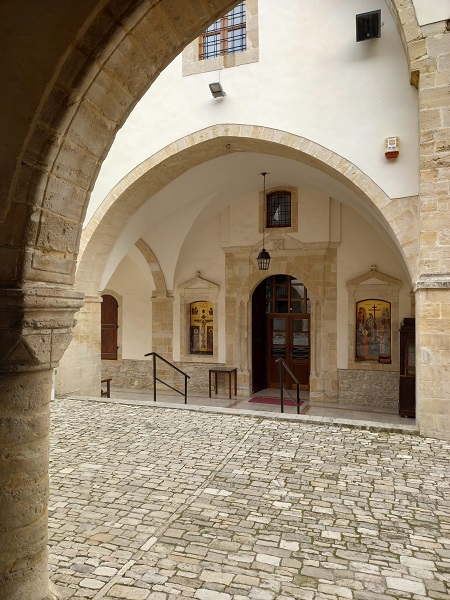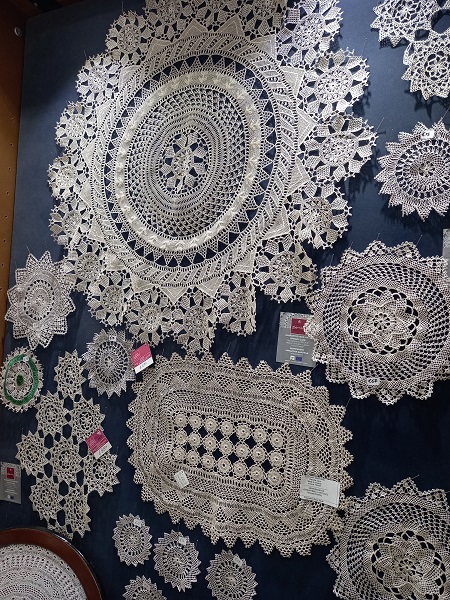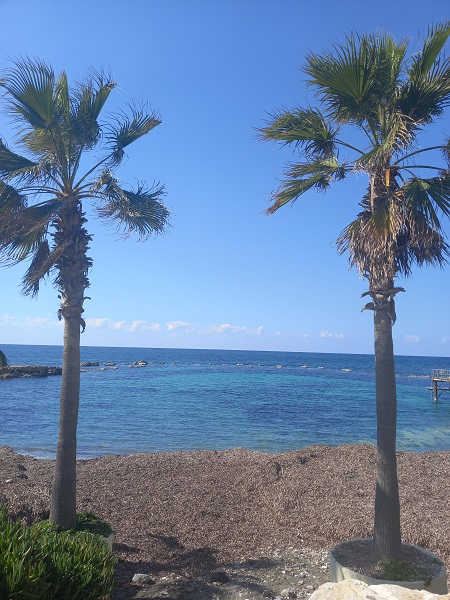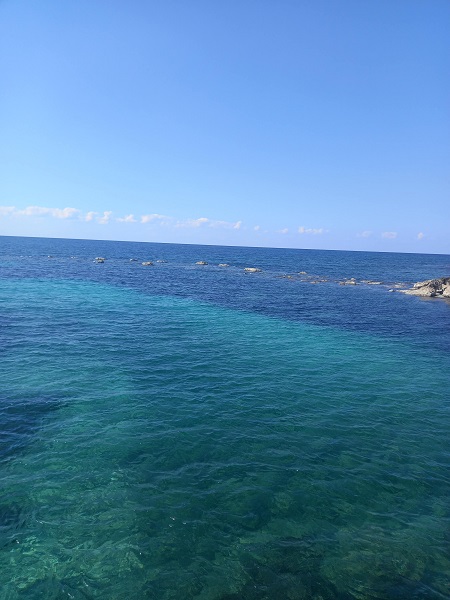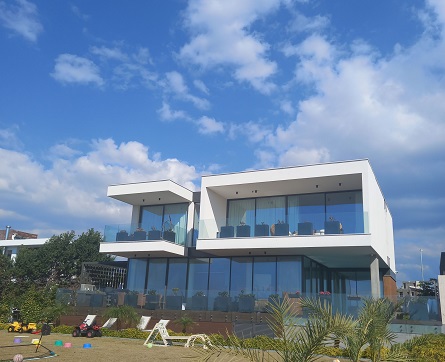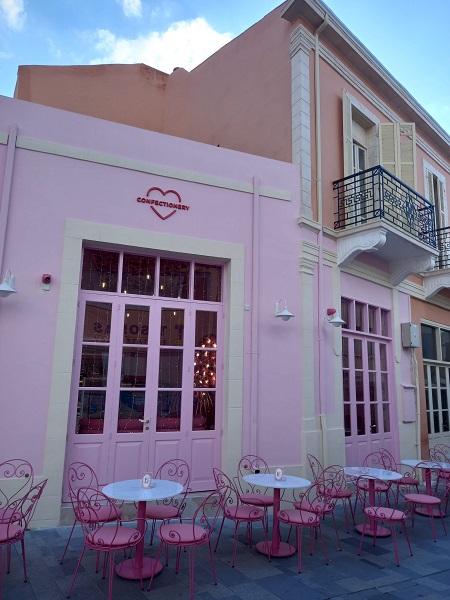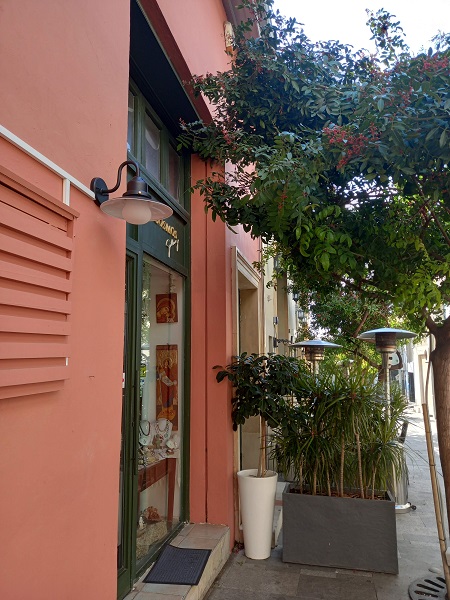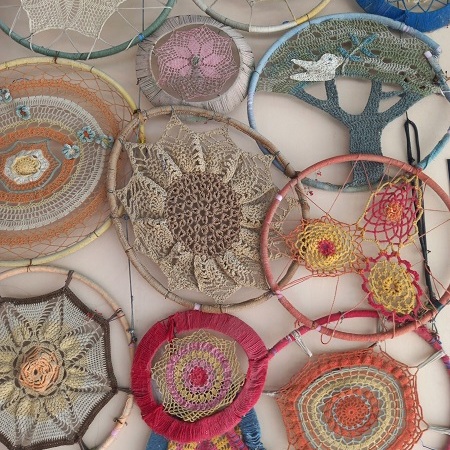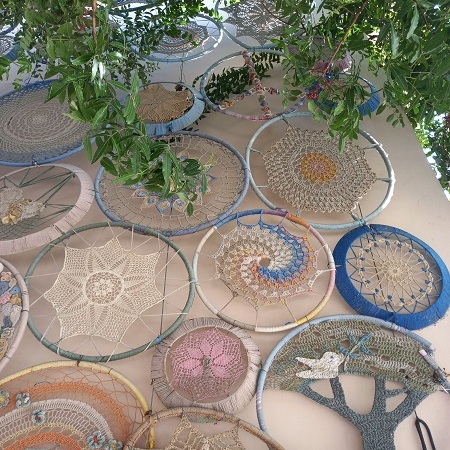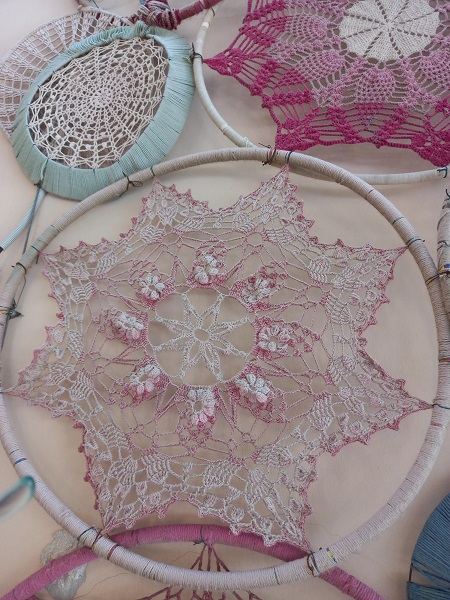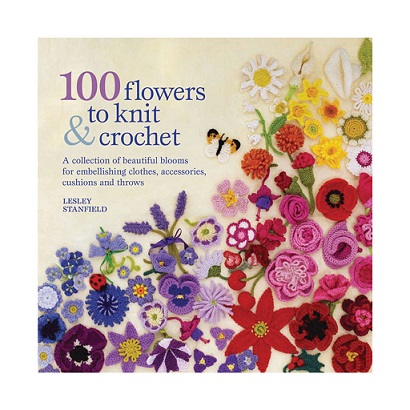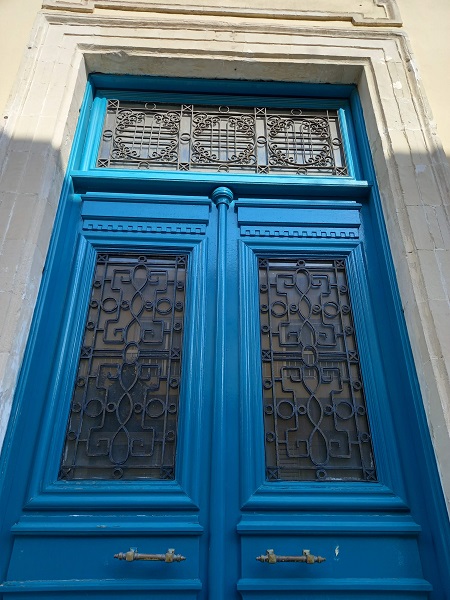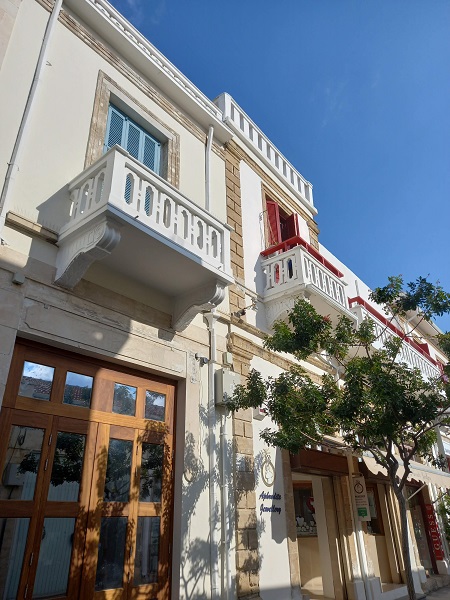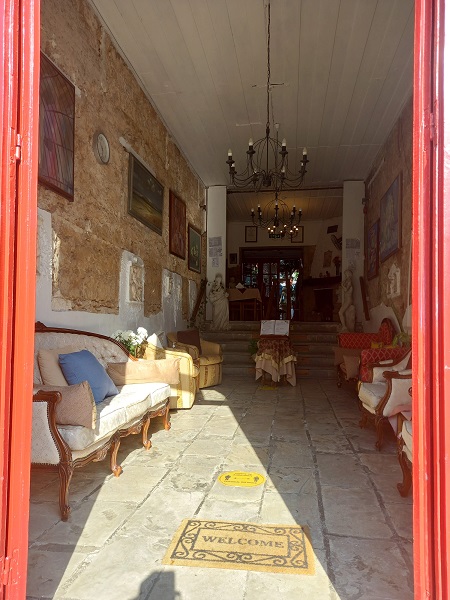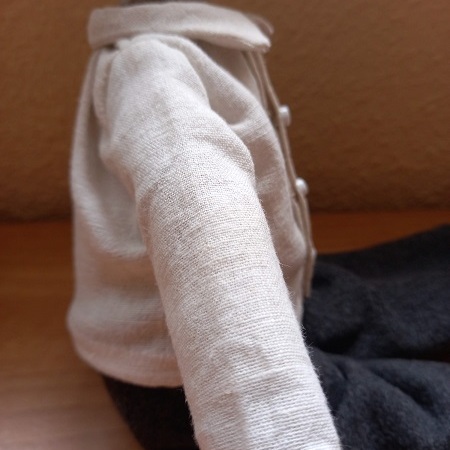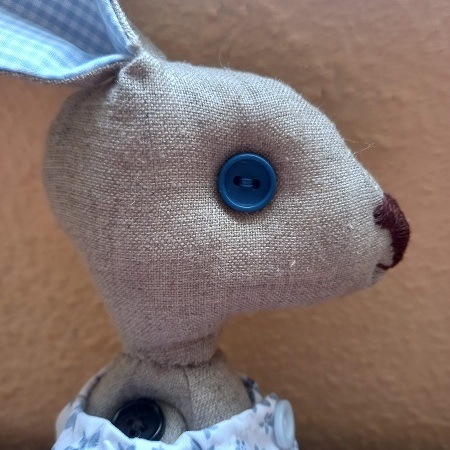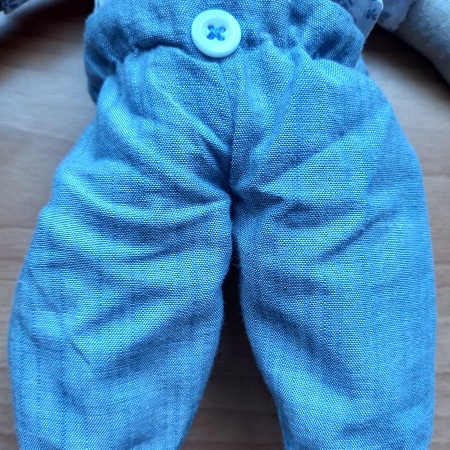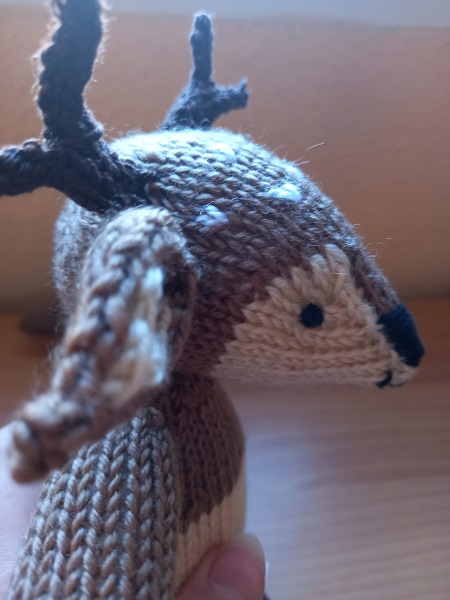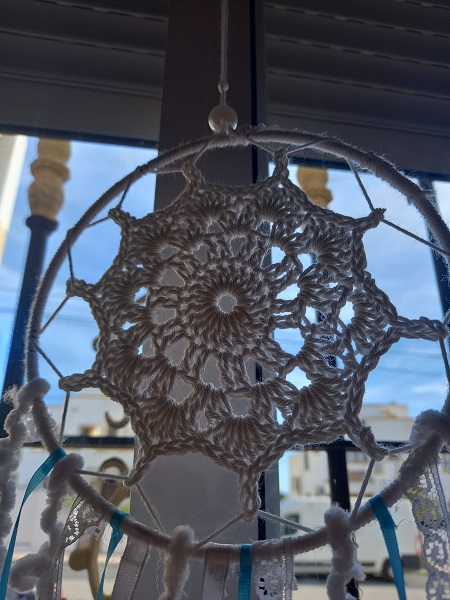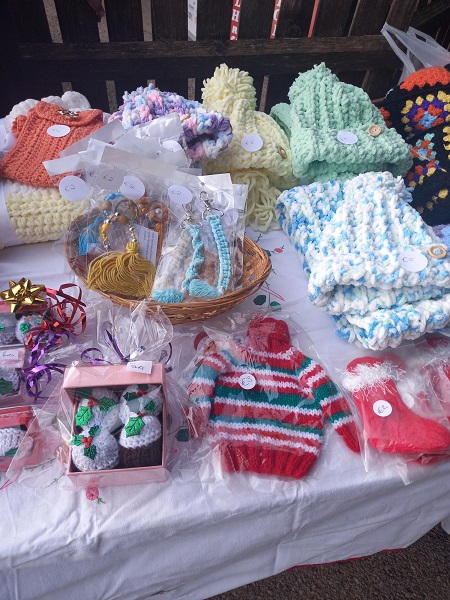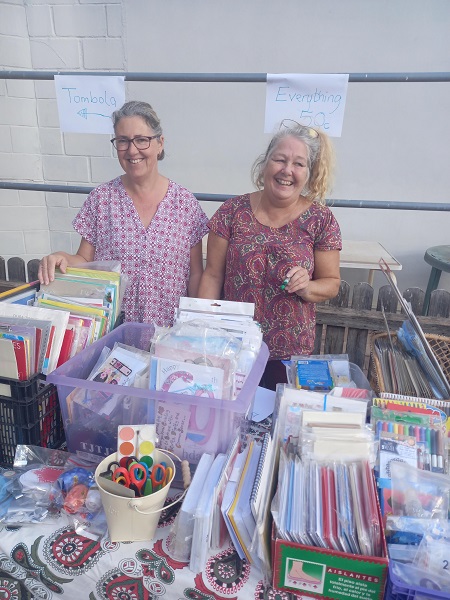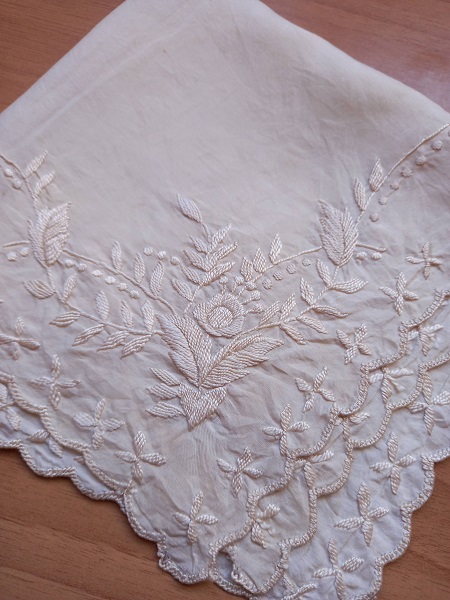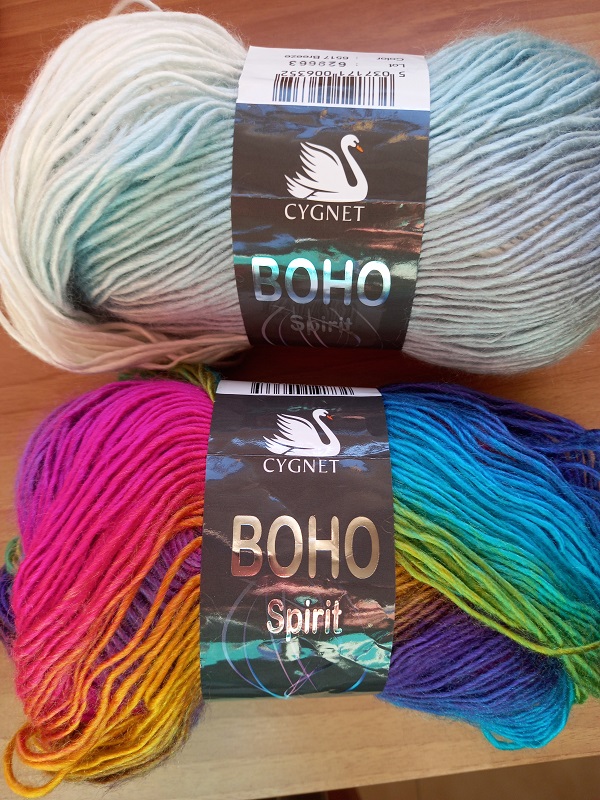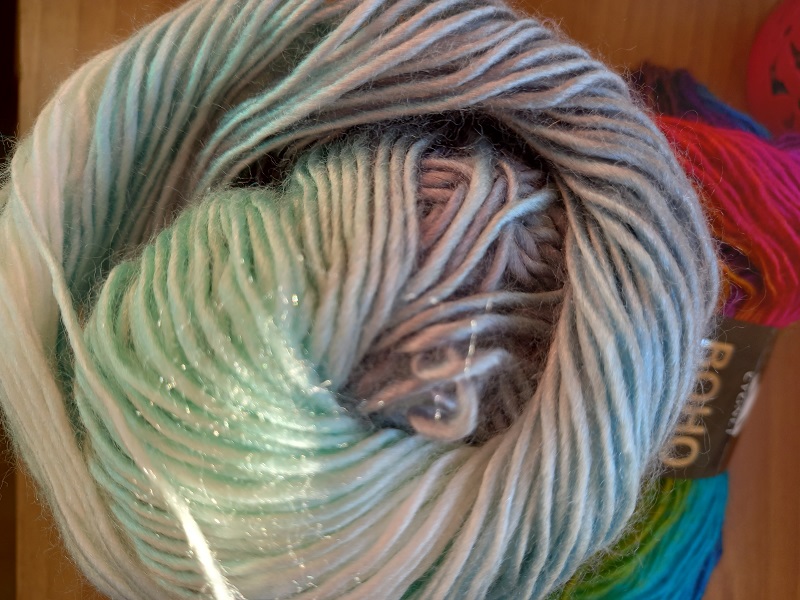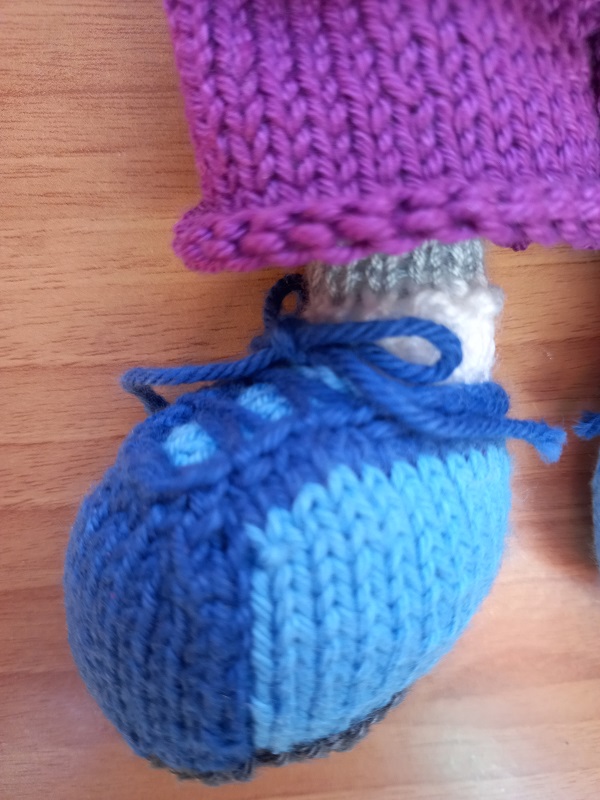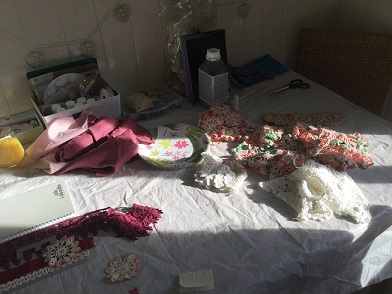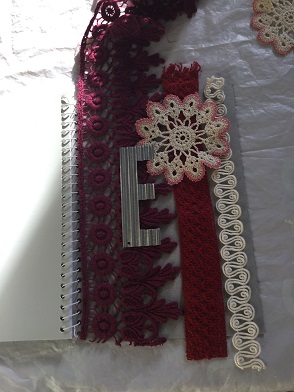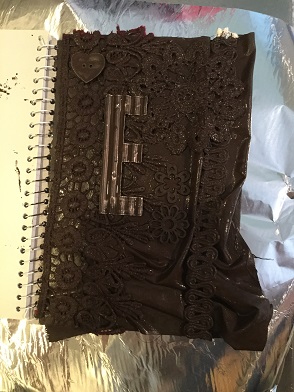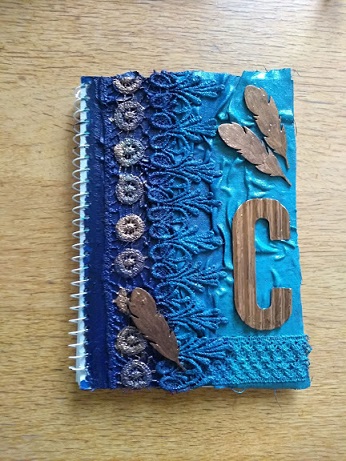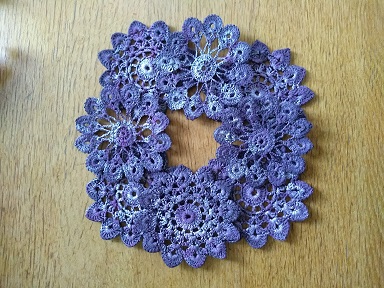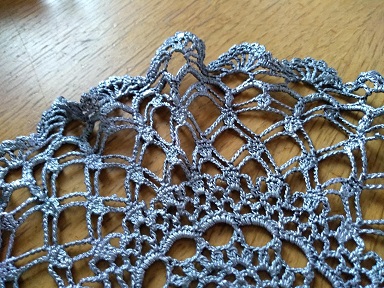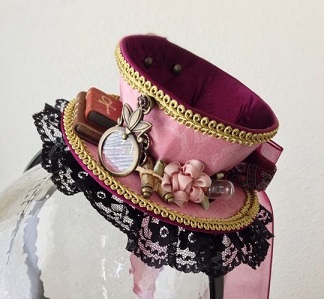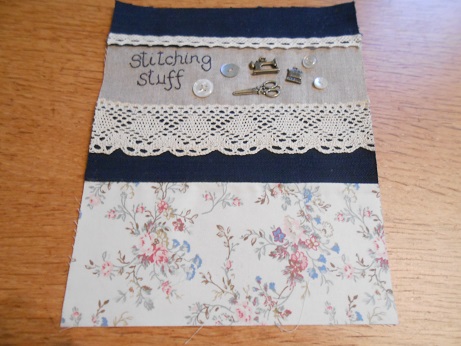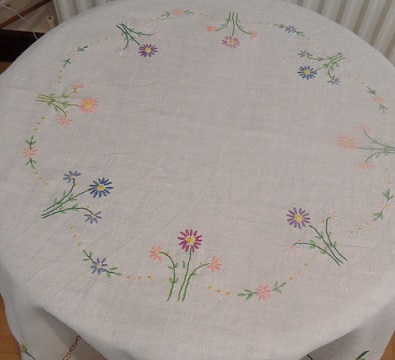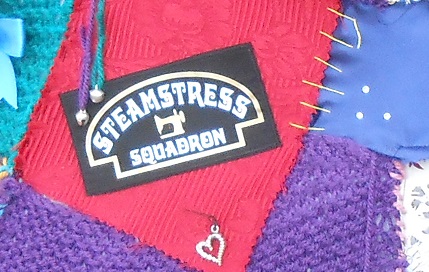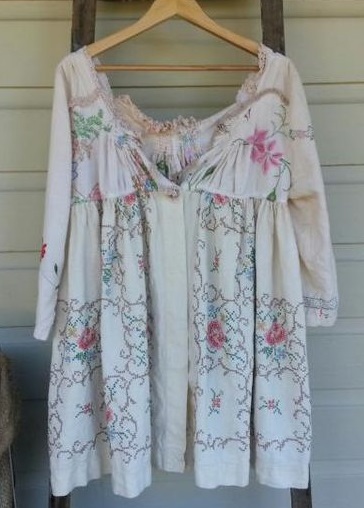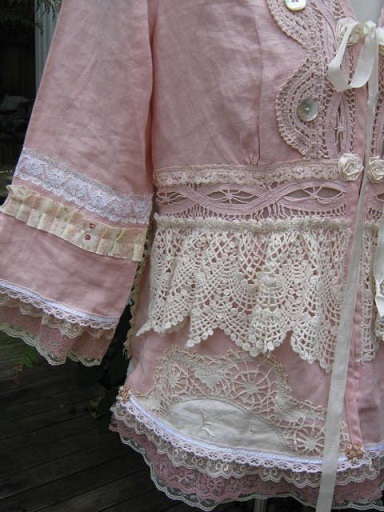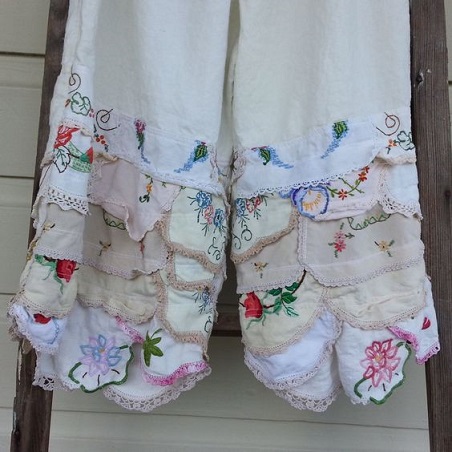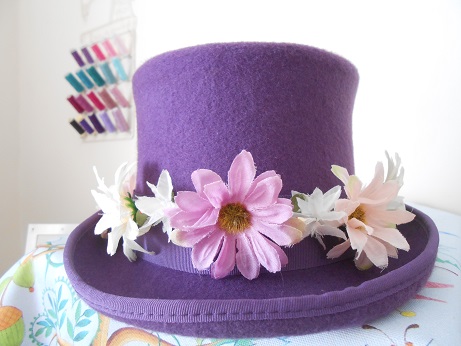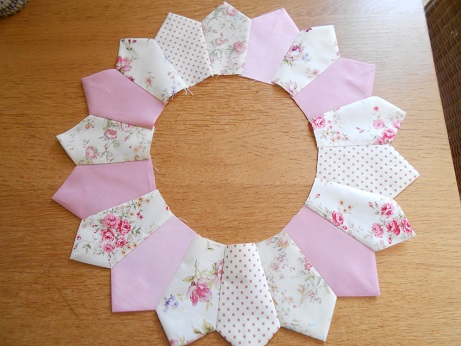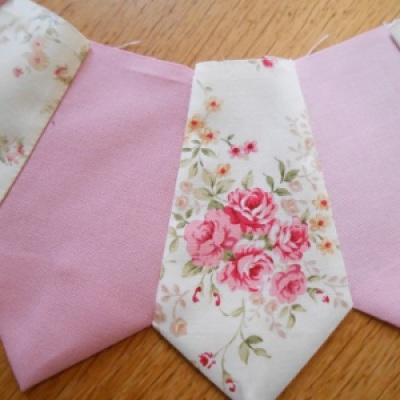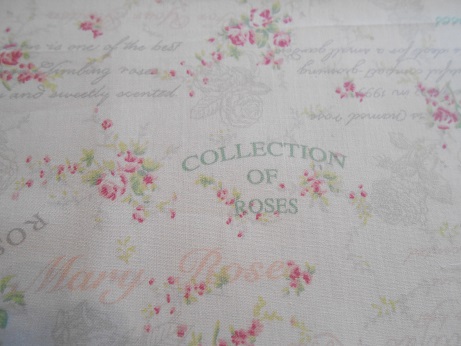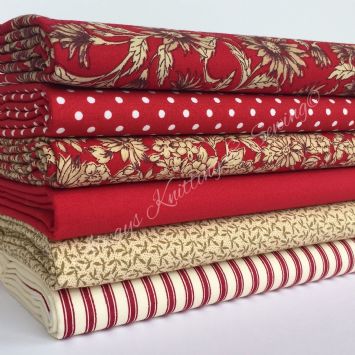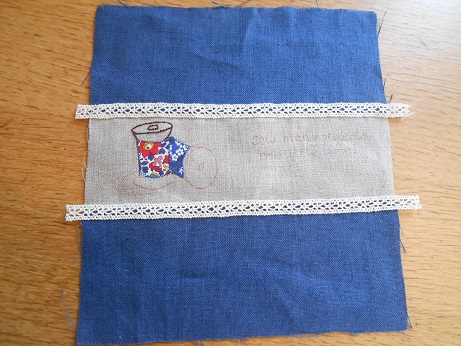I am now on day four of my trip back, day two of driving in France, and am loving it. The few days I was back in La Marina were busy with seeing friends, celebrating Mum’s birthday, and getting the van ready for the return trip.
Katy has some new crafting decorations, completed this time in Spain. It is getting to the stage that she is more a mobile craft display than anything else!
We had a macrame workshop before Christmas at the sewing group, and I was inspired by a post on Instagram to make this little hanging tray. I am so pleased with how this has turned out.
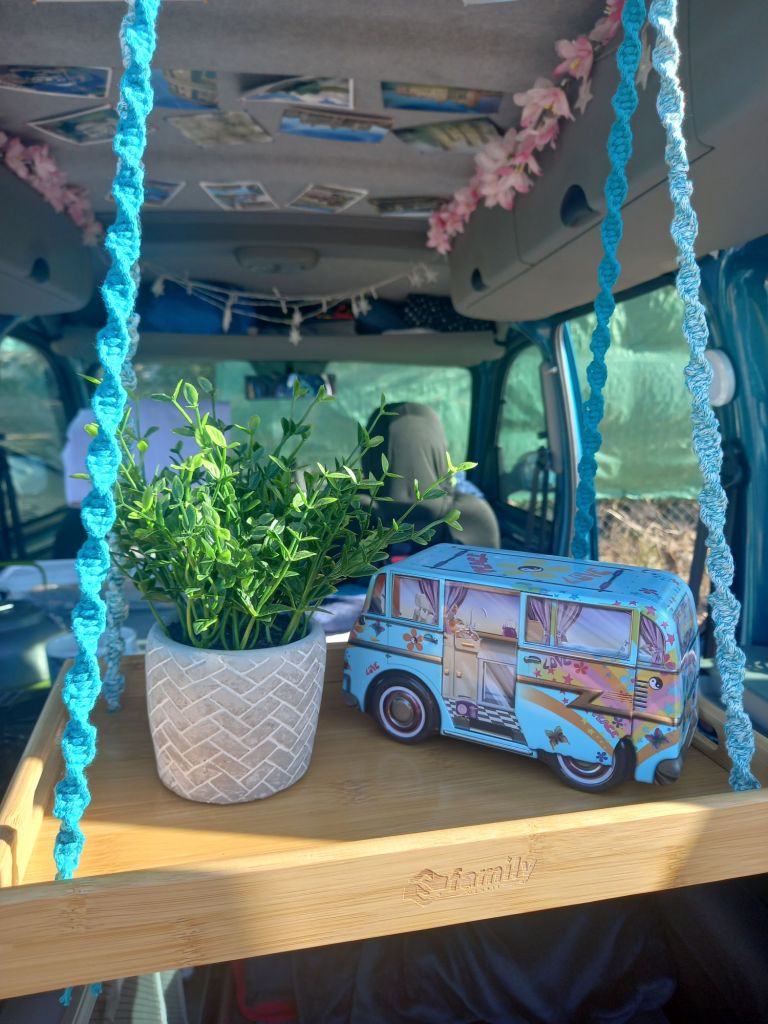
Ellen also helped me to make a crochet flower garland, and it looks beautiful. She did most of the complex ones, but I am still very pleased with my efforts.
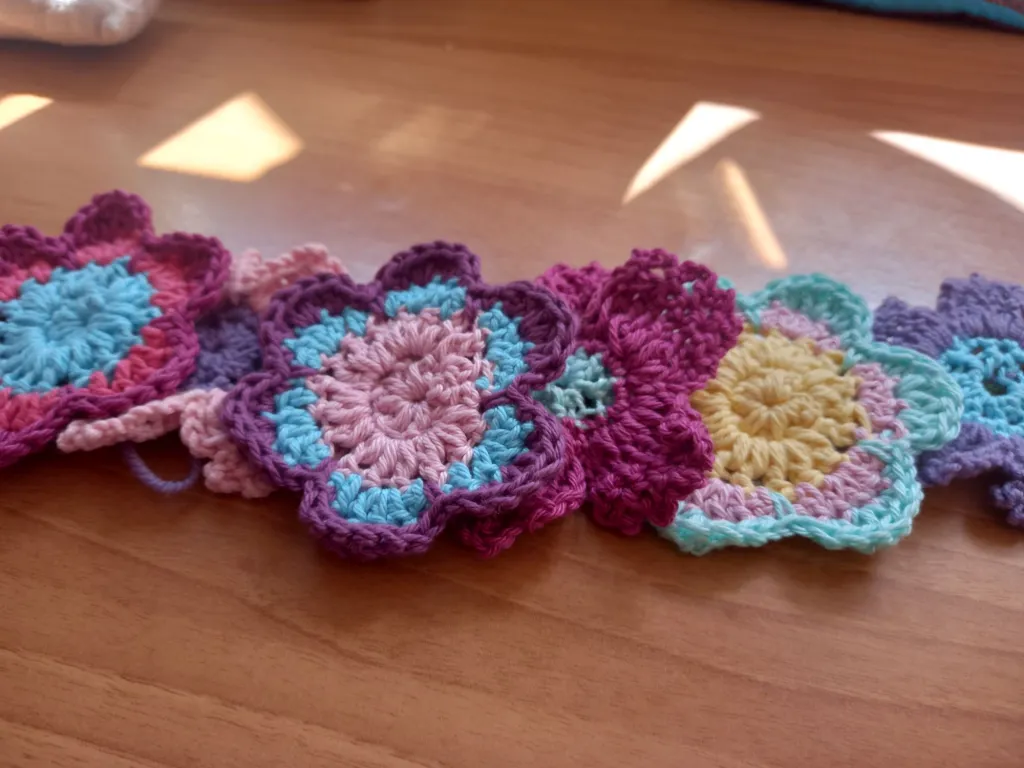
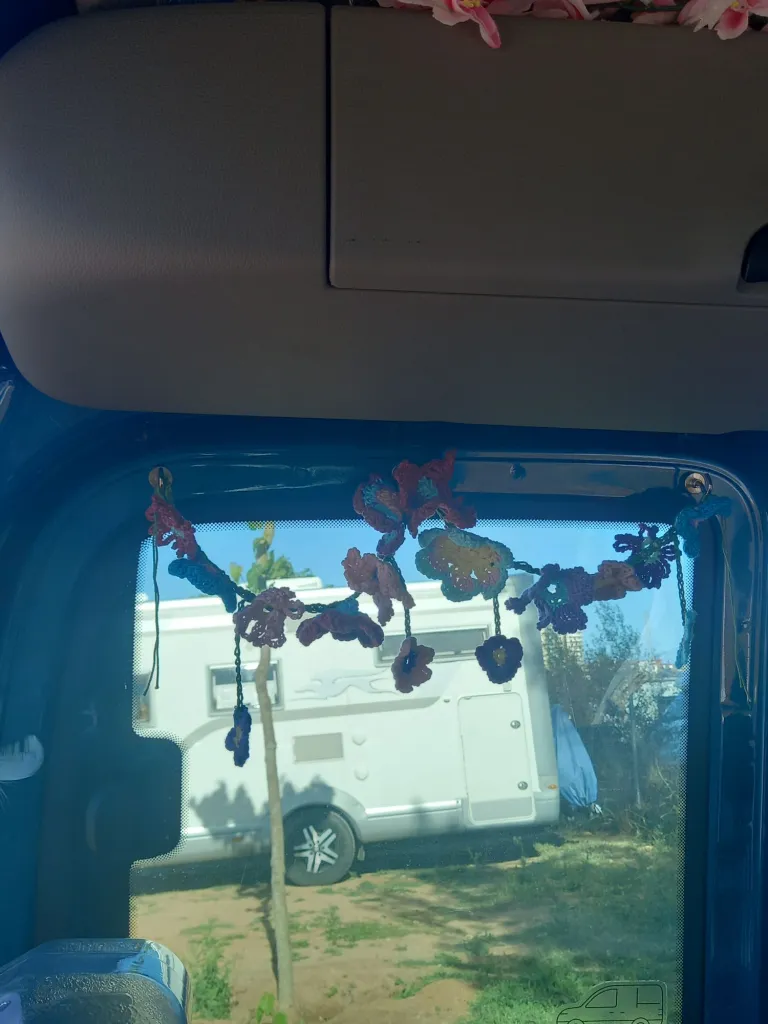
I have been really enjoying the driving it takes me a while to get back into it after 3 months away, and as I have been doing mainly motorways so far, it has been Katy and I tootling along in the slow lane, admiring the castles along the way. The last two days have been especially exciting at we have had views of the Pyrenees.
I can’t believe how much my confidence has grown doing this journey to and from Spain, it has been so good for my driving skills. I often miss turns, or am not sure about motorway junctions but I have learnt to just stay calm.
The first stop was at the La Brisa Aire in Peniscola. The original plan was to visit the castle there, but traffic jams meant that I arrived very late. Apologies I can’t put in links to the site while using the app to write this post, but found this on Park4Night and it was €9.50 a night.
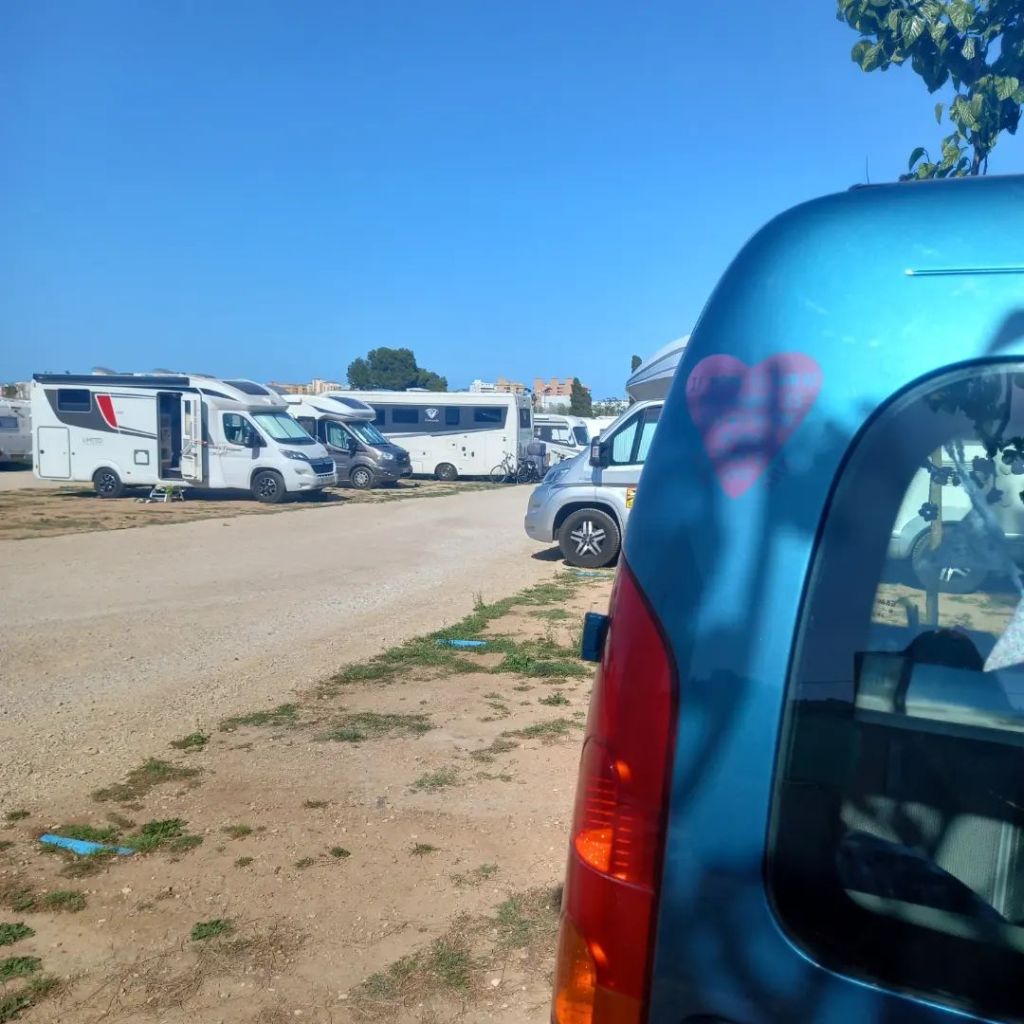
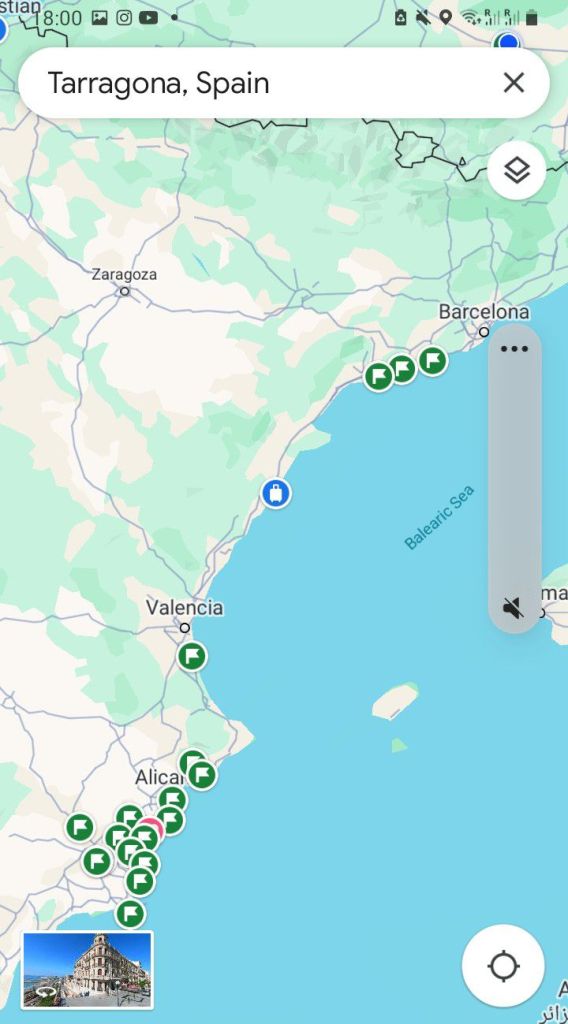
I did have a lovely lunch stop off though, at a nature reserve near Valencia.
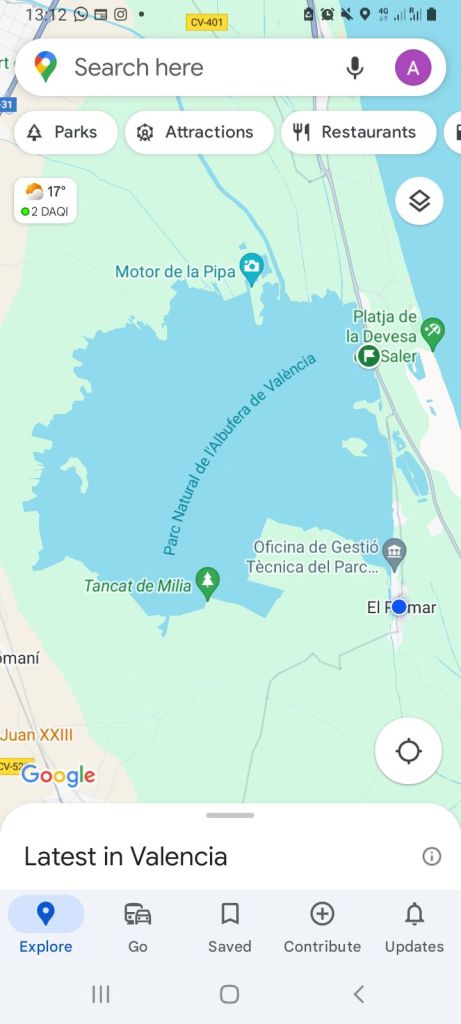
The village of El Palmar is built around a series of little canals, and the villagers used to use these little barges for fishing. There are still lots of the the thatched houses along the banks of the lake.
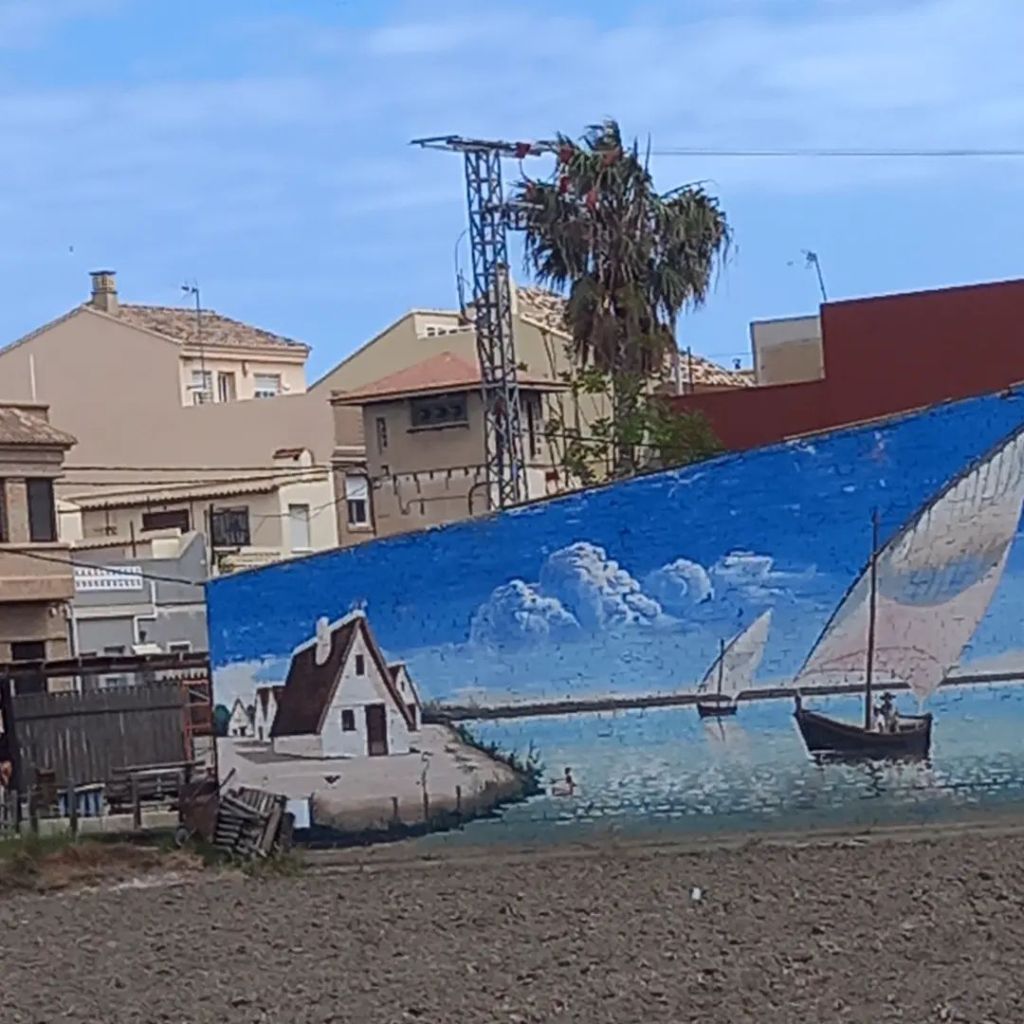
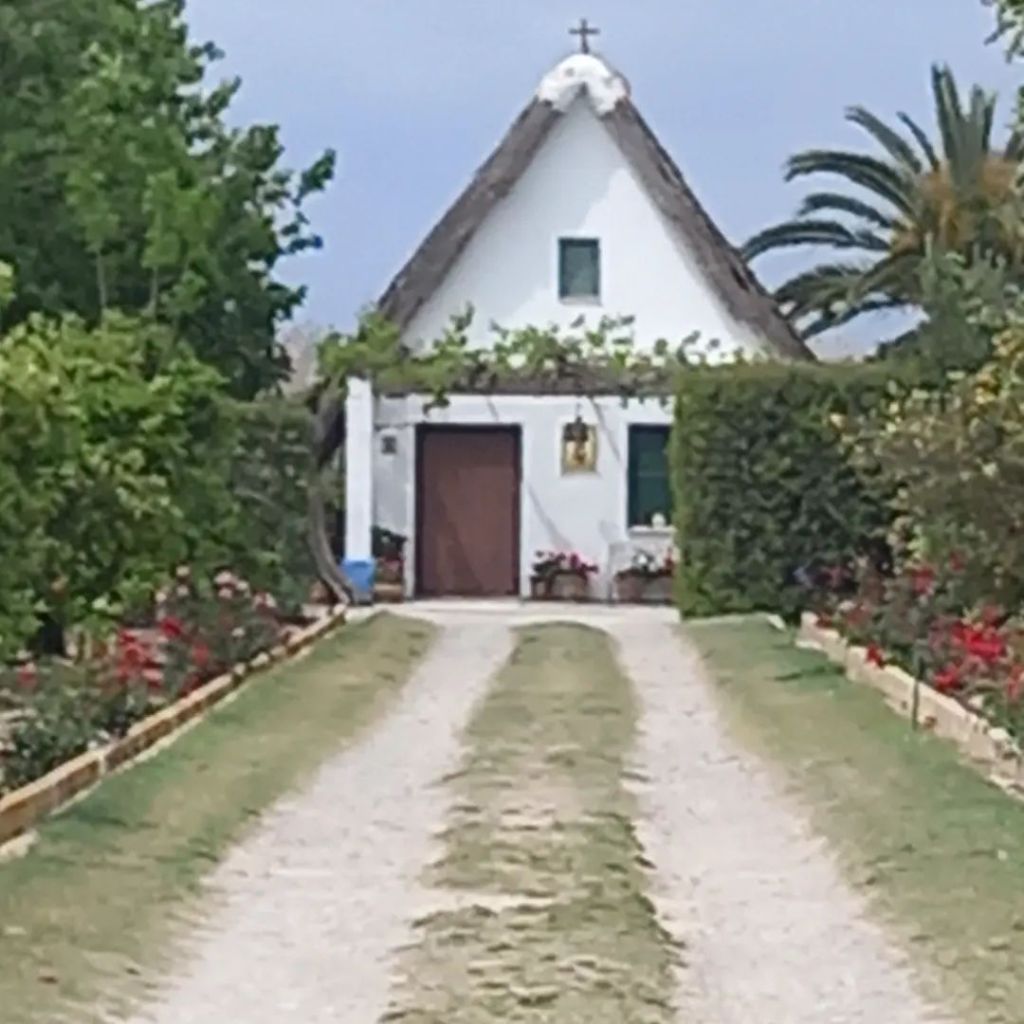
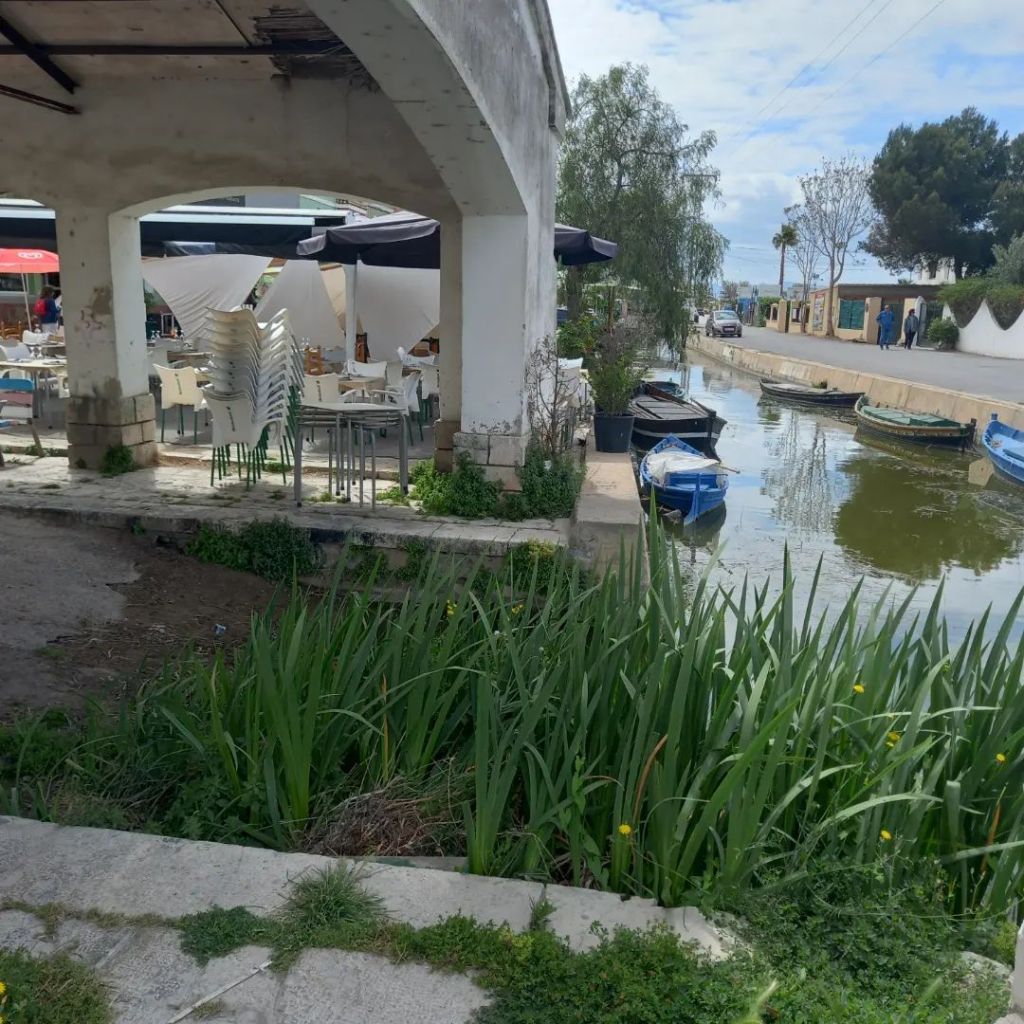
Now the main trade is tourism with lots of people coming for boat trips, or lunch at the many restaurants and bars along the canal.
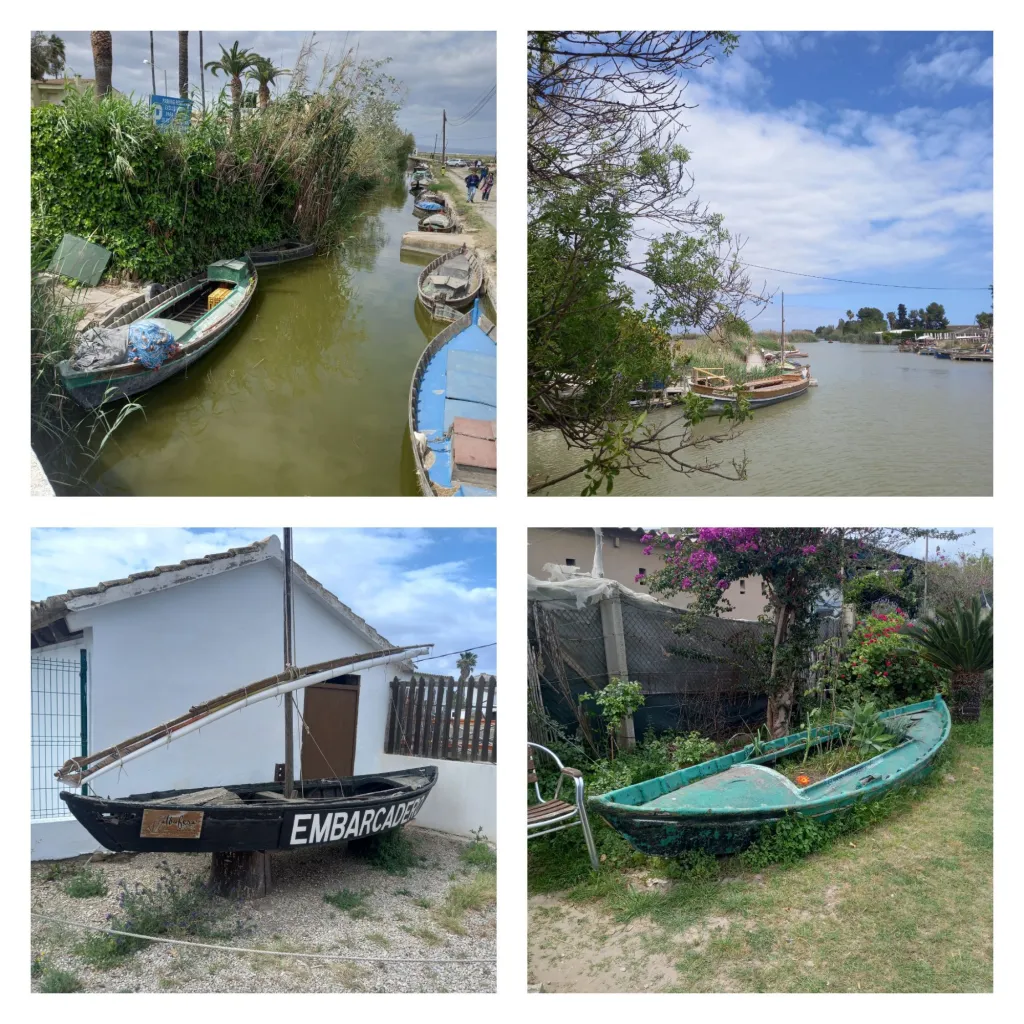
A shorter drive the next day took me to just outside Tarragona, to a lovely stretch of beach called Torrembada. I had a very peaceful night in this pine tree aire, at Area 340. This one was more expensive at €16, but it was right next to the beach.
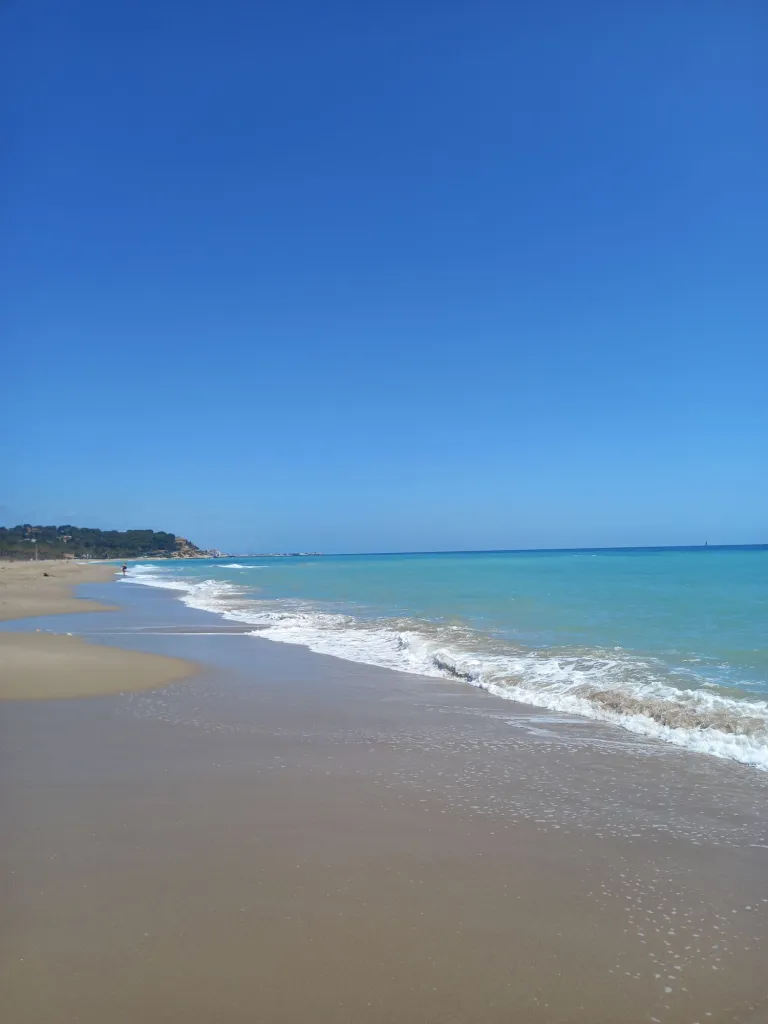
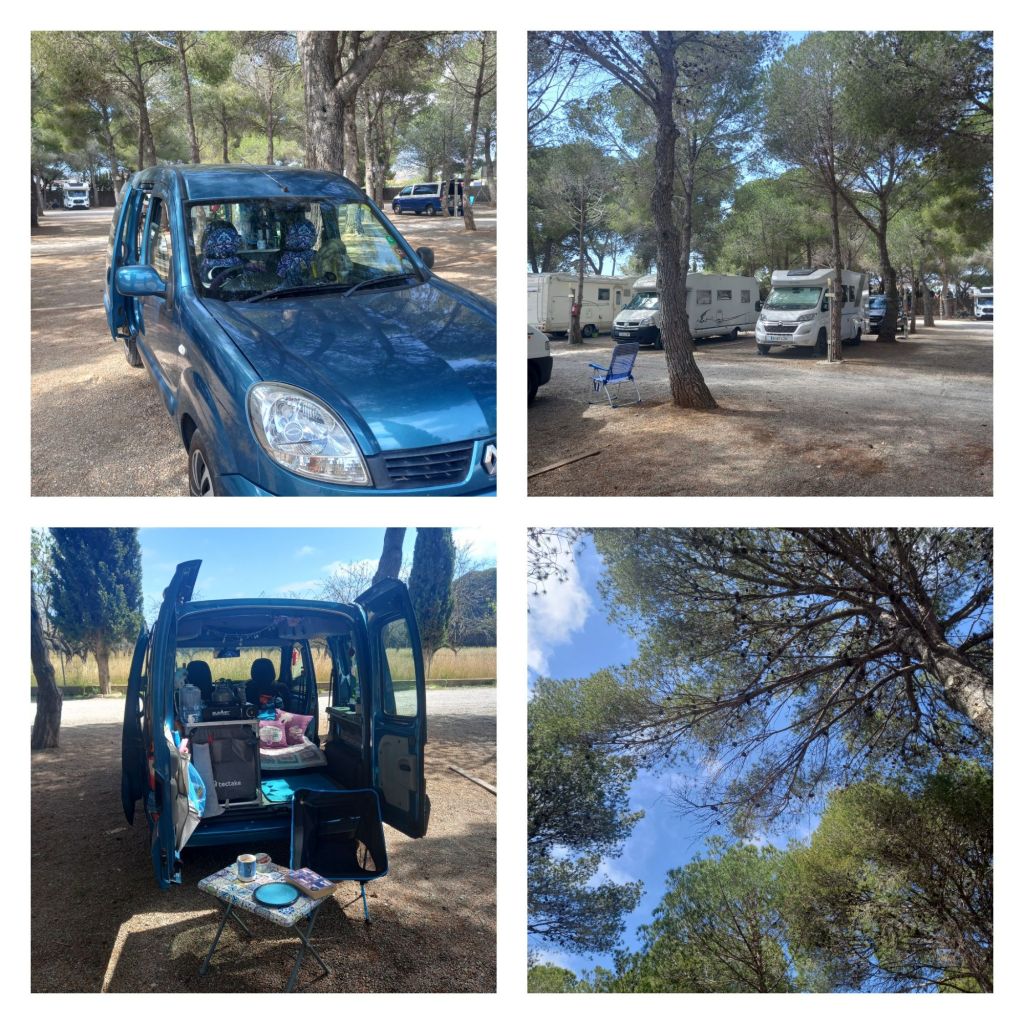
I also met a cute cat at Reception, and got a great idea for more van decorations. I have been collecting stones, so now just need to get painting!
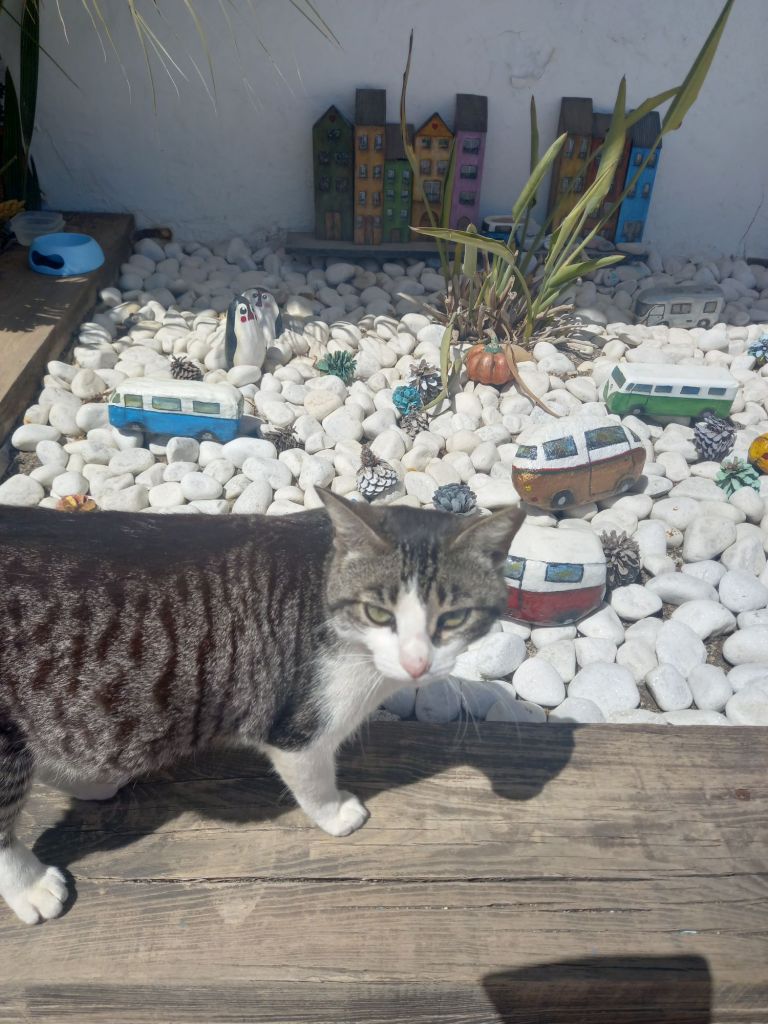
After the excitement of crossing the border, I ended up in the very cute little village of Port Vendres, at an aire just the other side of the port. This one was €8 a night.
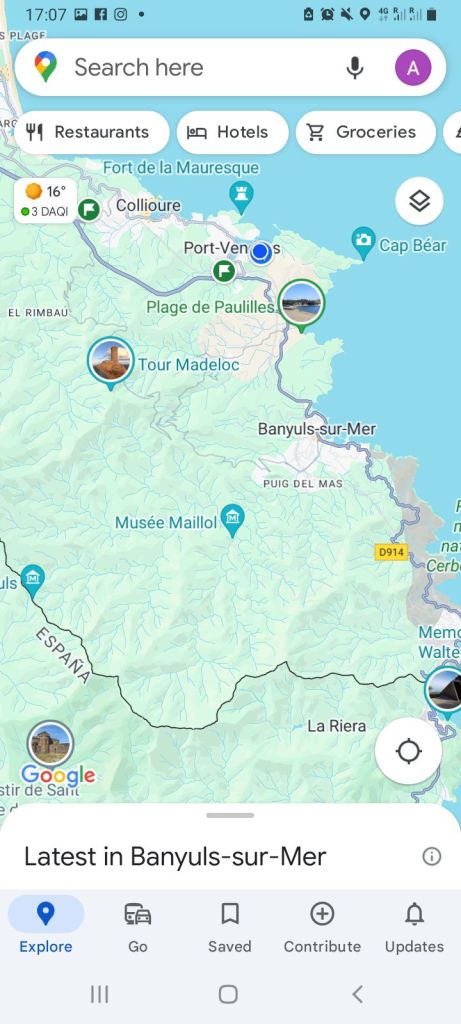
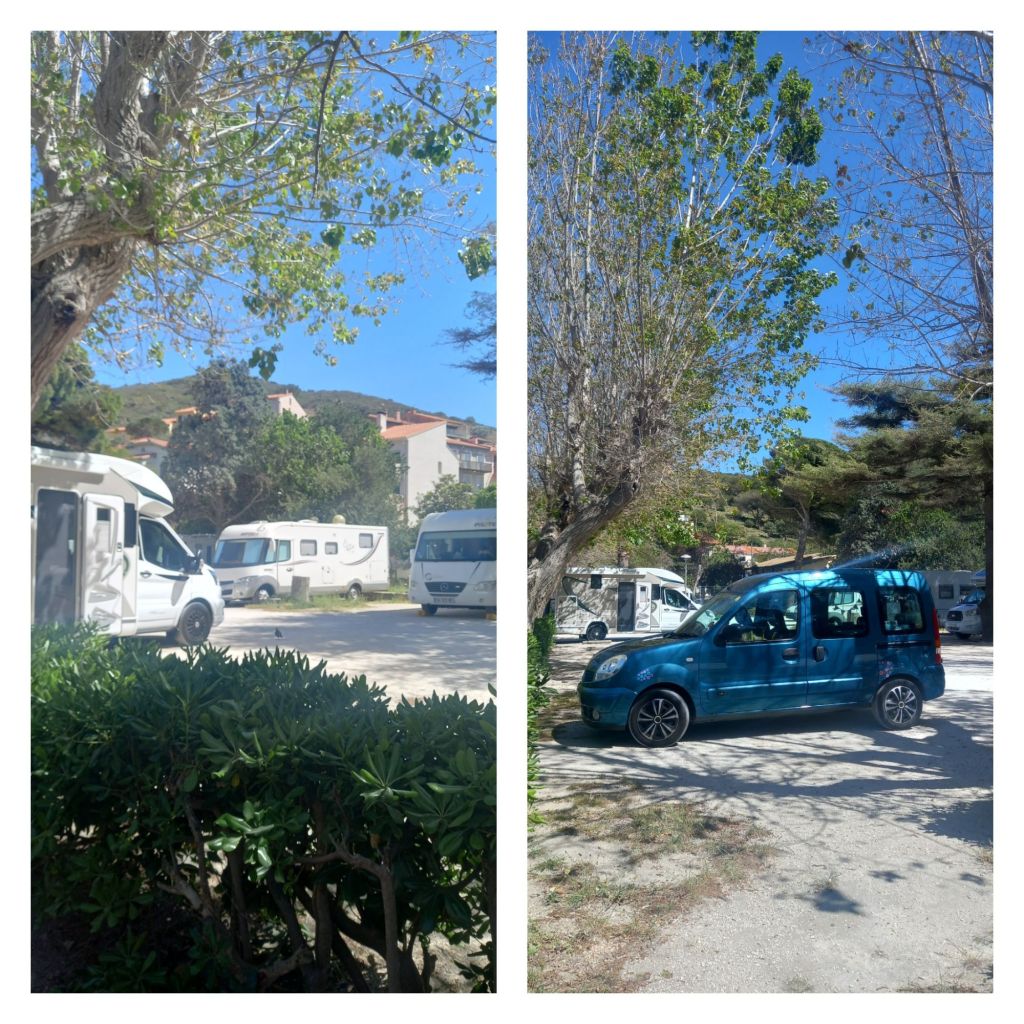
It was beautiful weather, so I had a wander round and a cheeky vin blanc to celebrate my successful border crossing. You may remember that Katy was only allowed to stay in Spain for 6 months, so we had to leave by the 24th April !
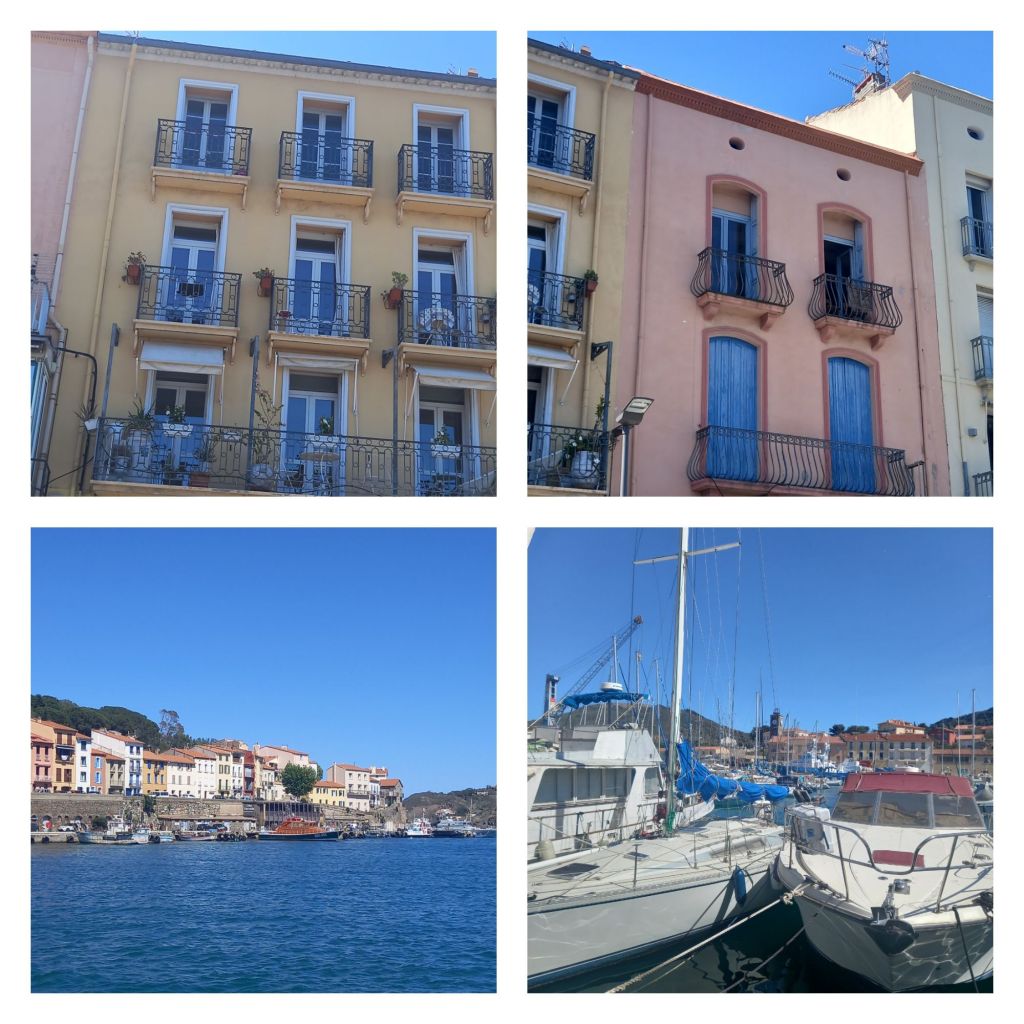
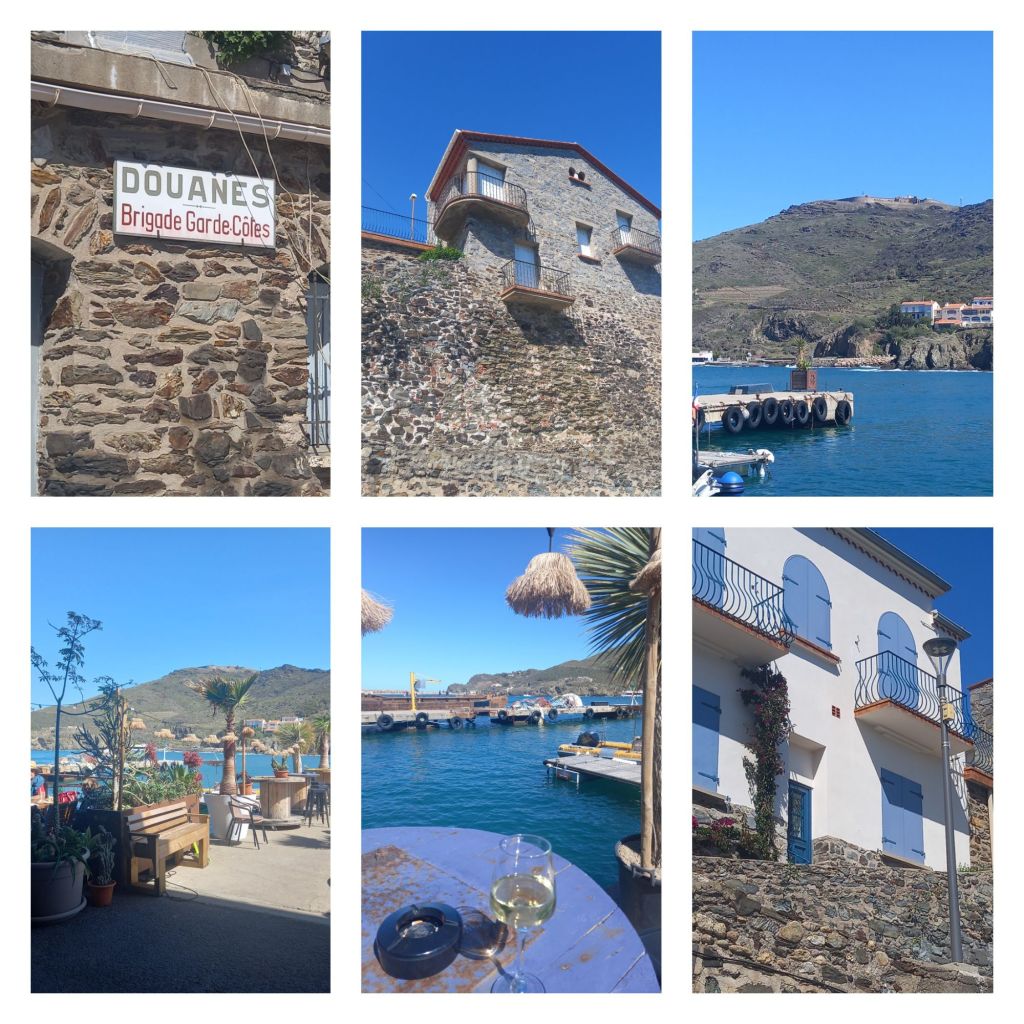
After a very windy drive today, which was definitely all in the slow lane, I have been able to come to somewhere I have wanted to visit for about 20 years, the cité at Carcassonne! Ever since I started re- enactment I have wanted to come here, and it was amazing.
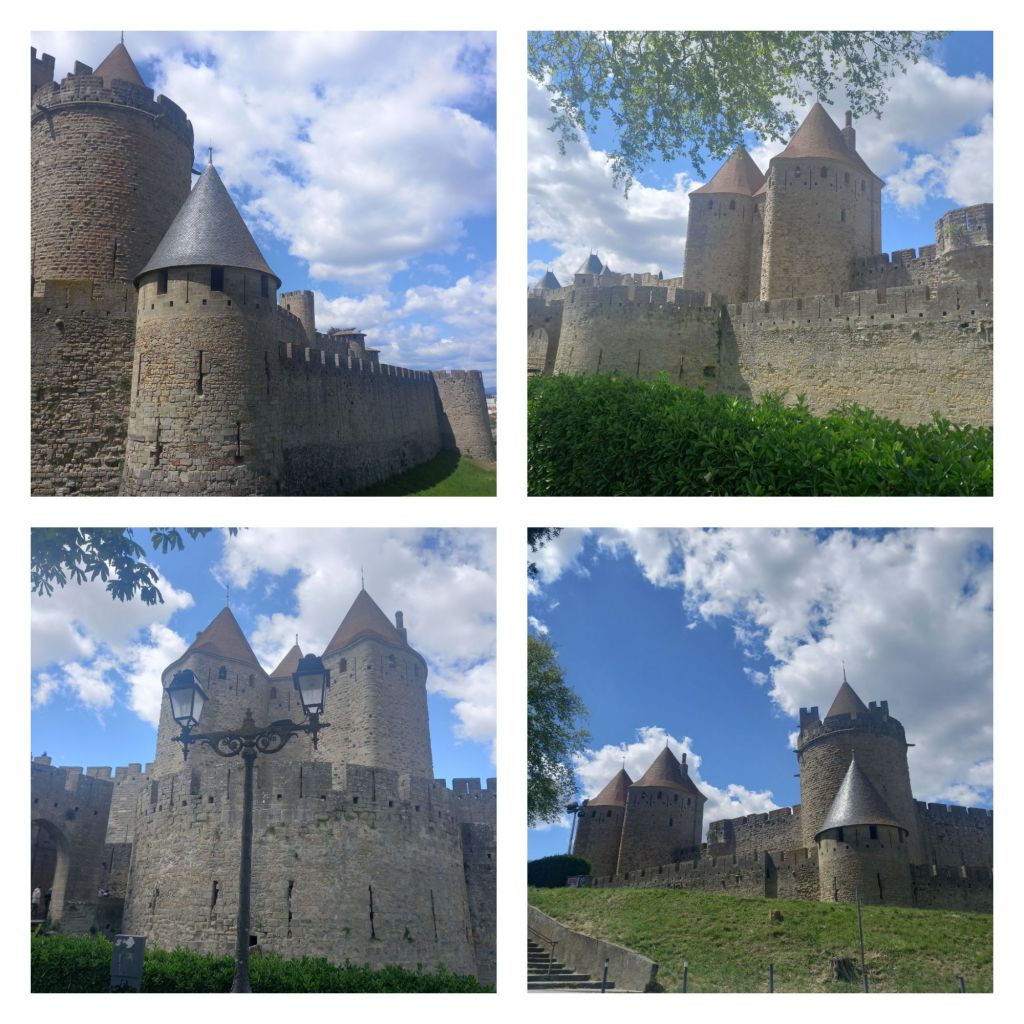
Even though I have seen so many photos if the walls, I wasn’t expecting there to be so much inside them. This next photo is from Wikipedia, in the absence of a personal drone 😀
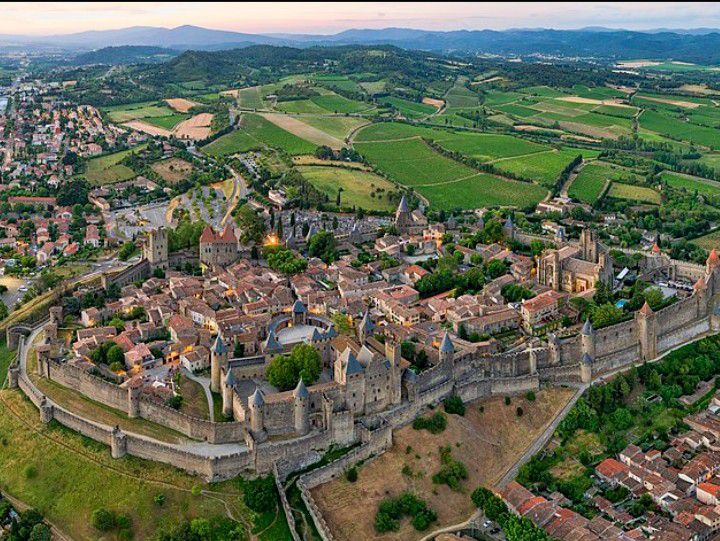
The medieval cité is now quite touristy, with lots of bars, cafes and gift shops, but it gives you a real sense of what it was like in the 1300s.
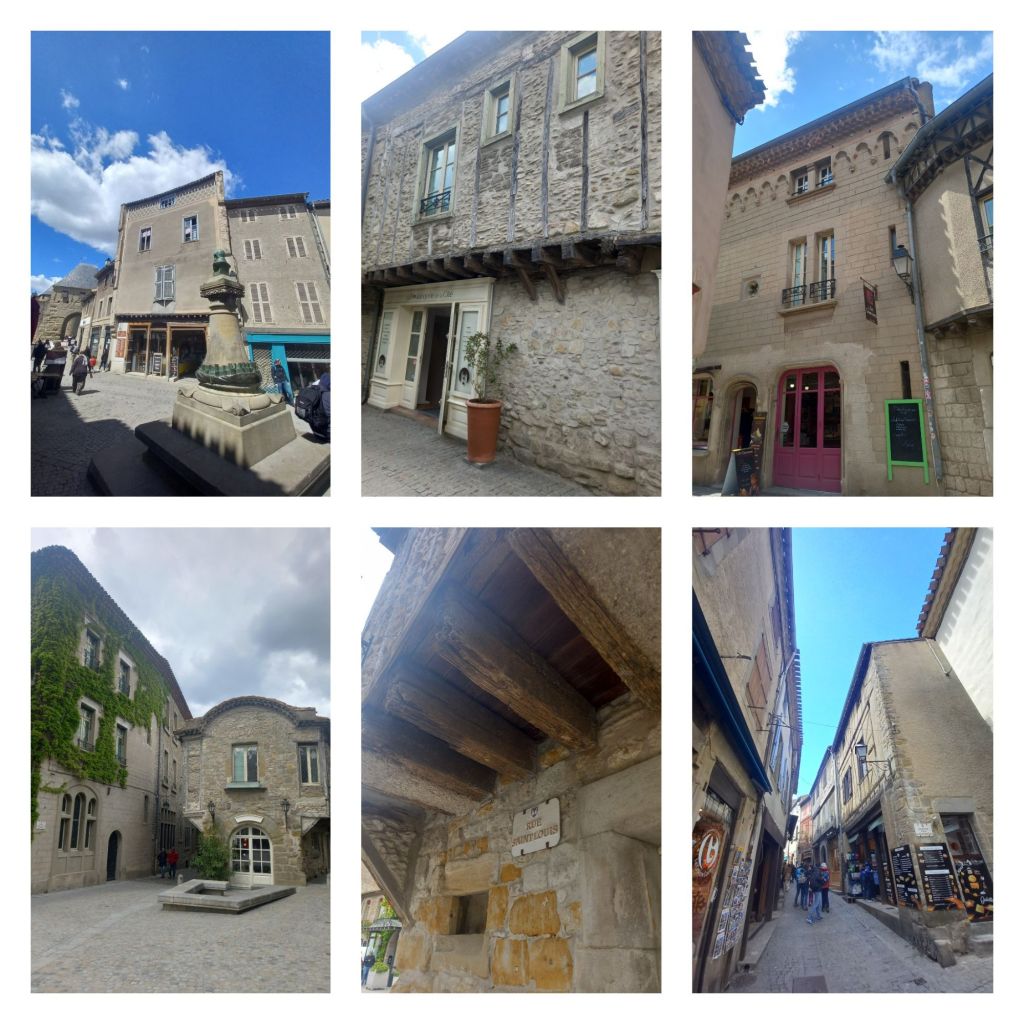
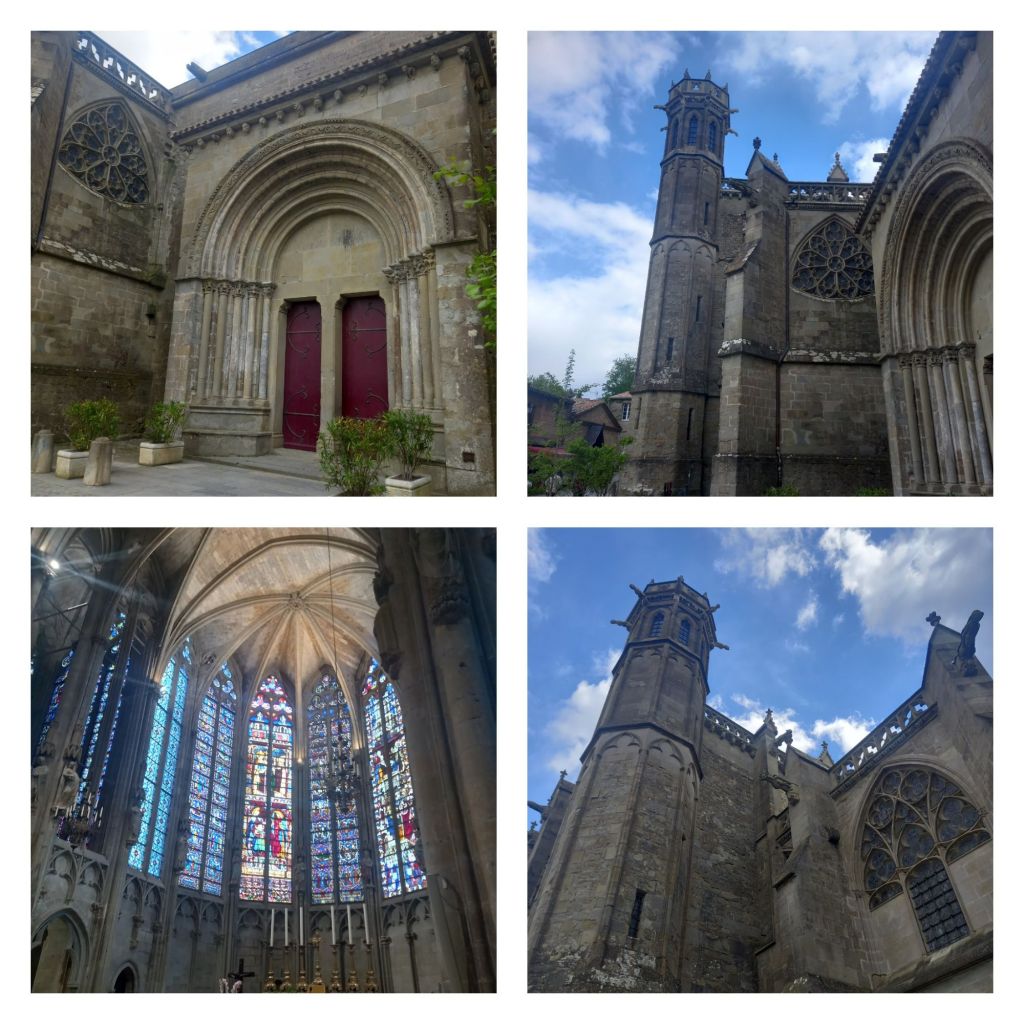
The views from the ramparts were amazing, luckily it was a clear day, with wonderful views of the Pyrenees.
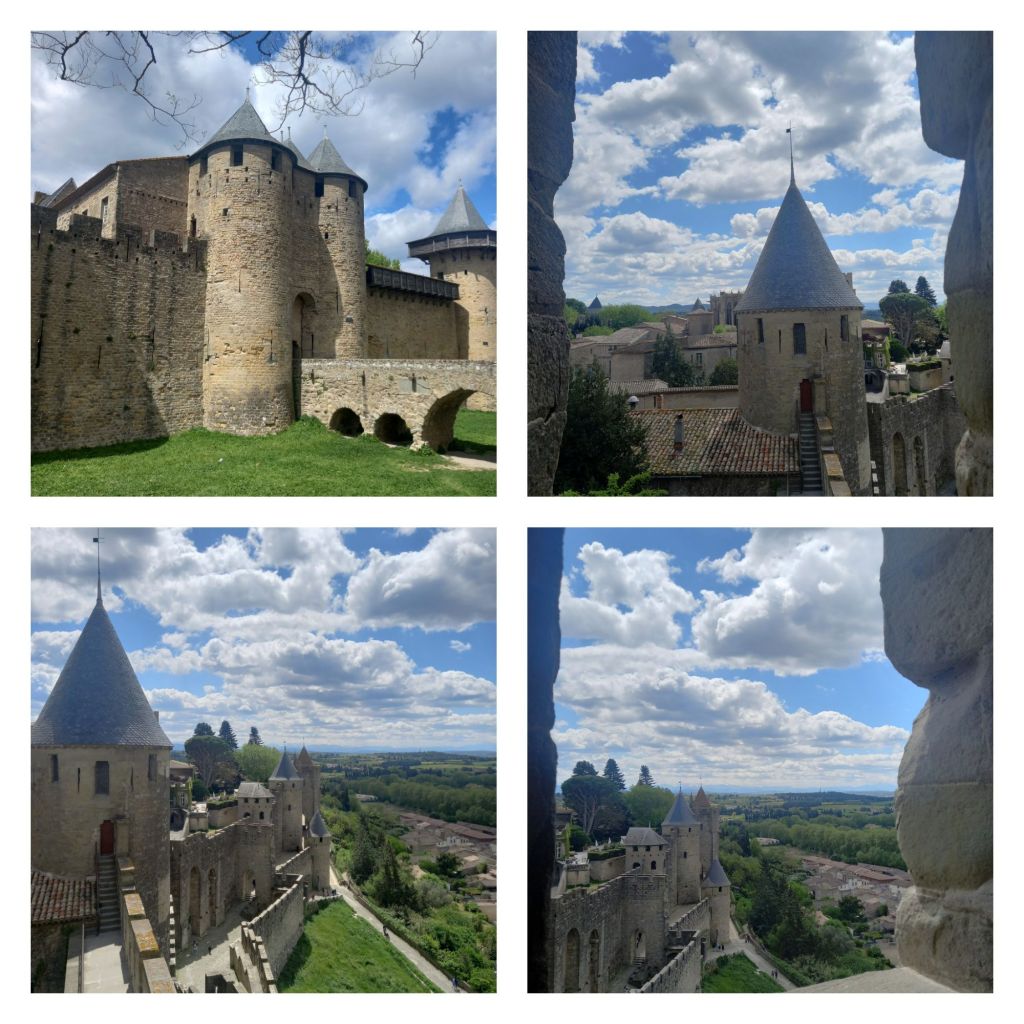
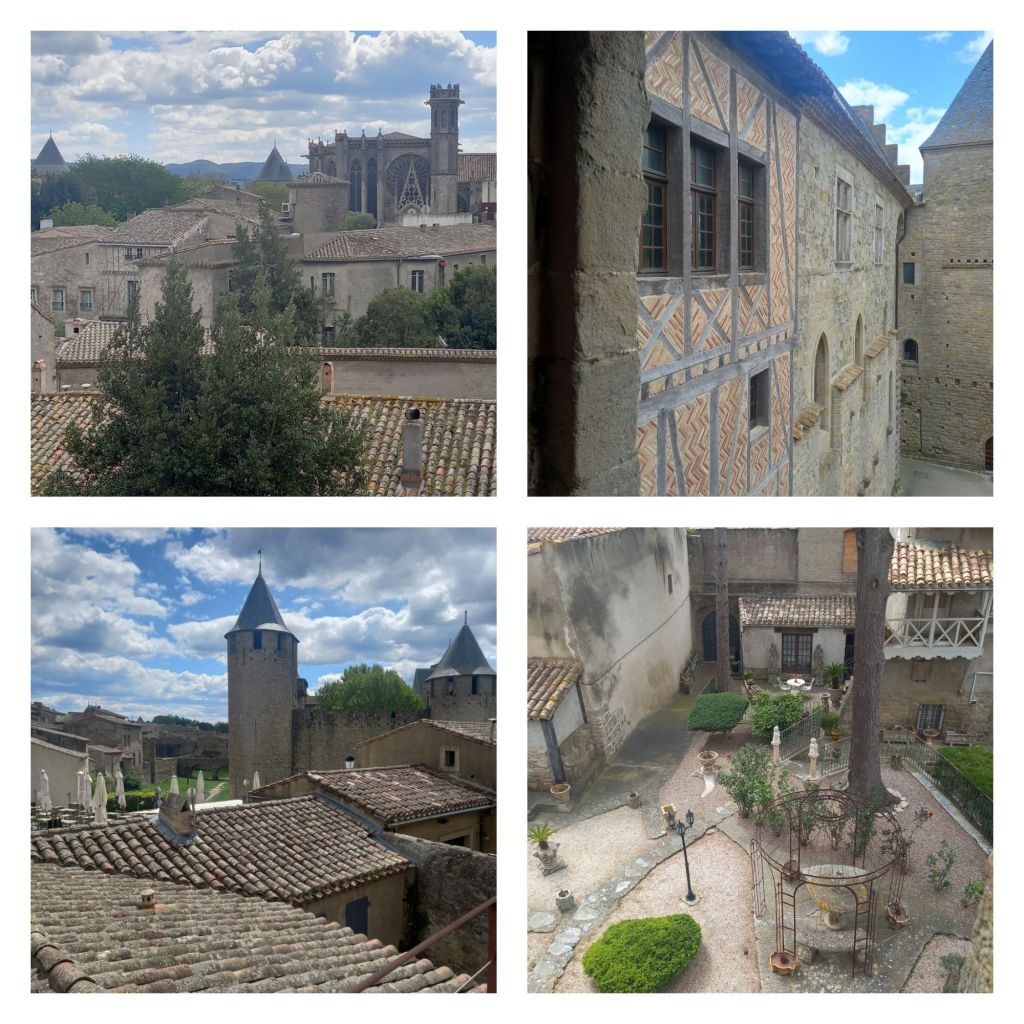
I now have the luxury of a hotel for the night, with WiFi, so am taking advantage of it to do this post. Tomorrow is starting the non motorway part of the trip, up through the Dordogne, which I am so looking forward to.
I have another week in France before my tunnel crossing and am looking forward to more tootling through the French countryside. There may well be some more châteaux coming soon!
Meanwhile have fun, take care, stay safe and thanks for visiting 😊















